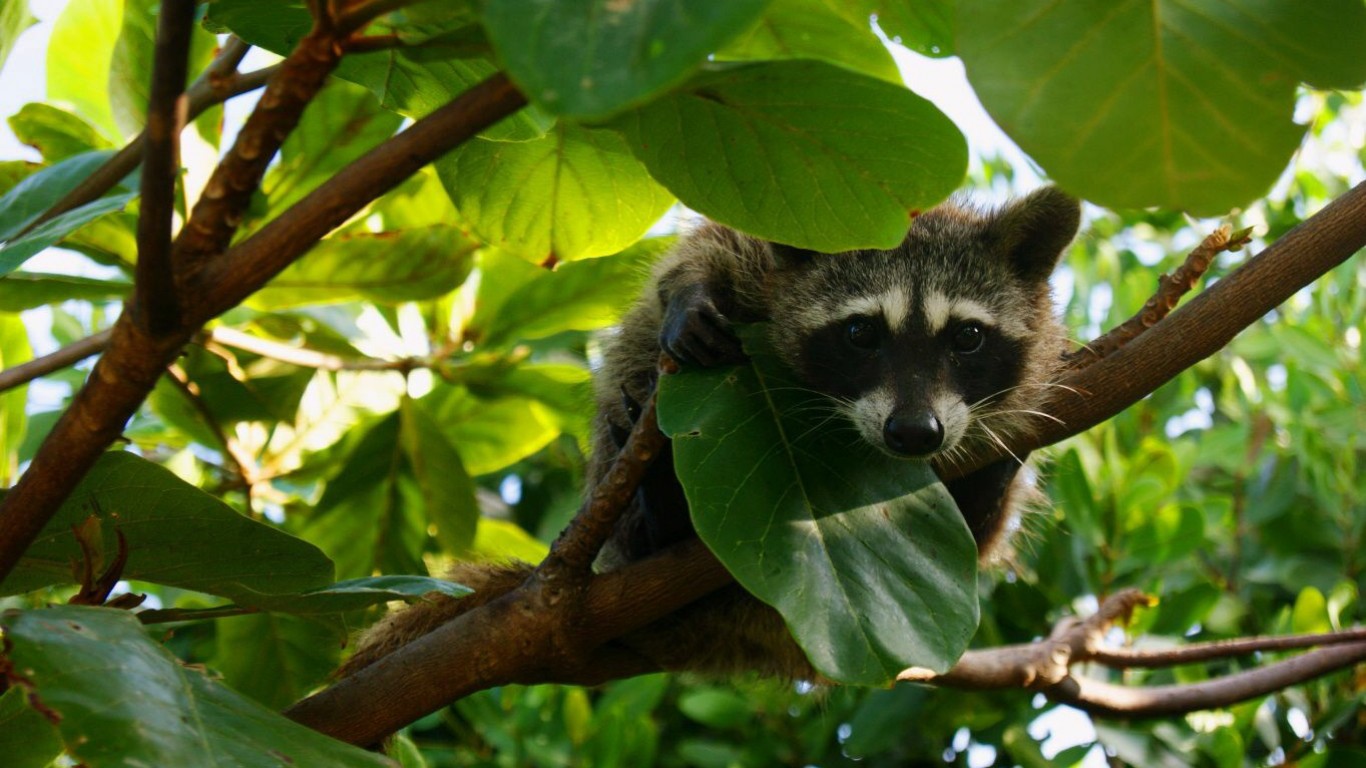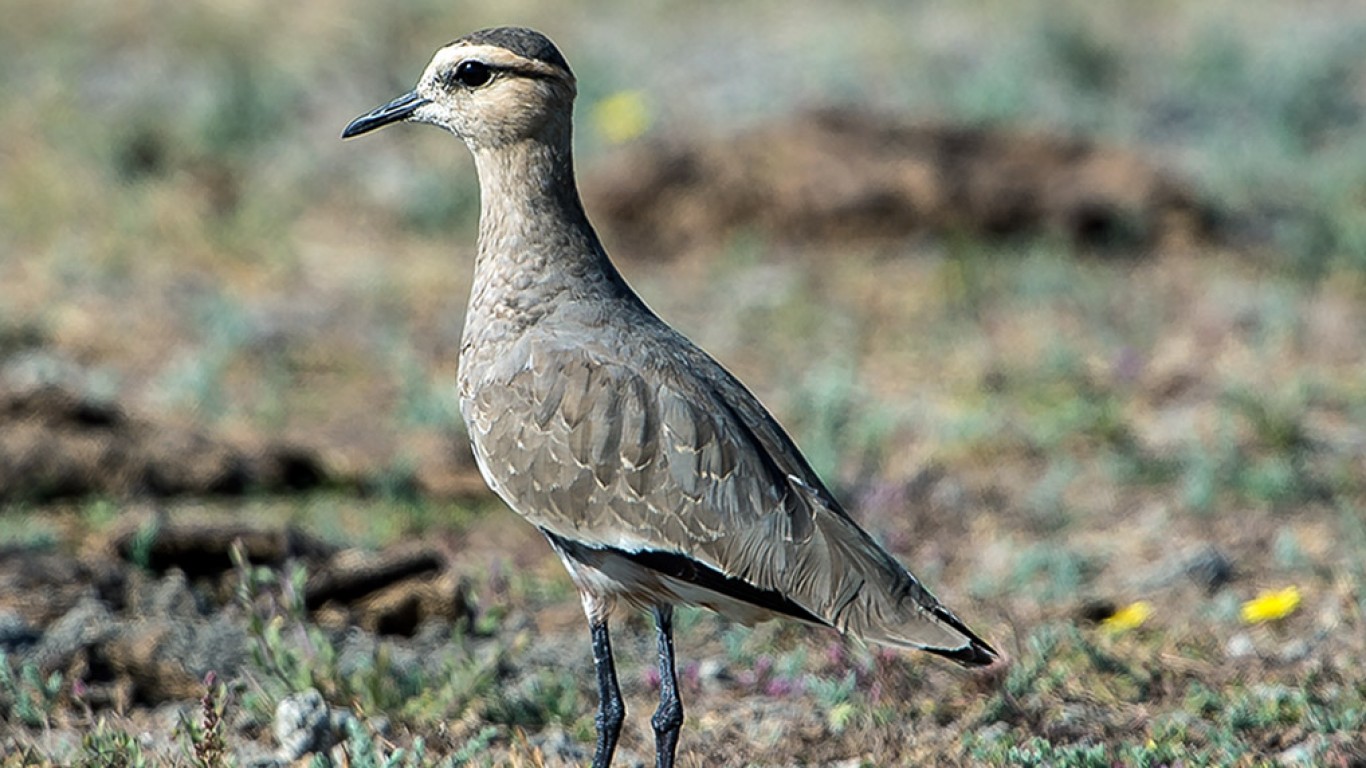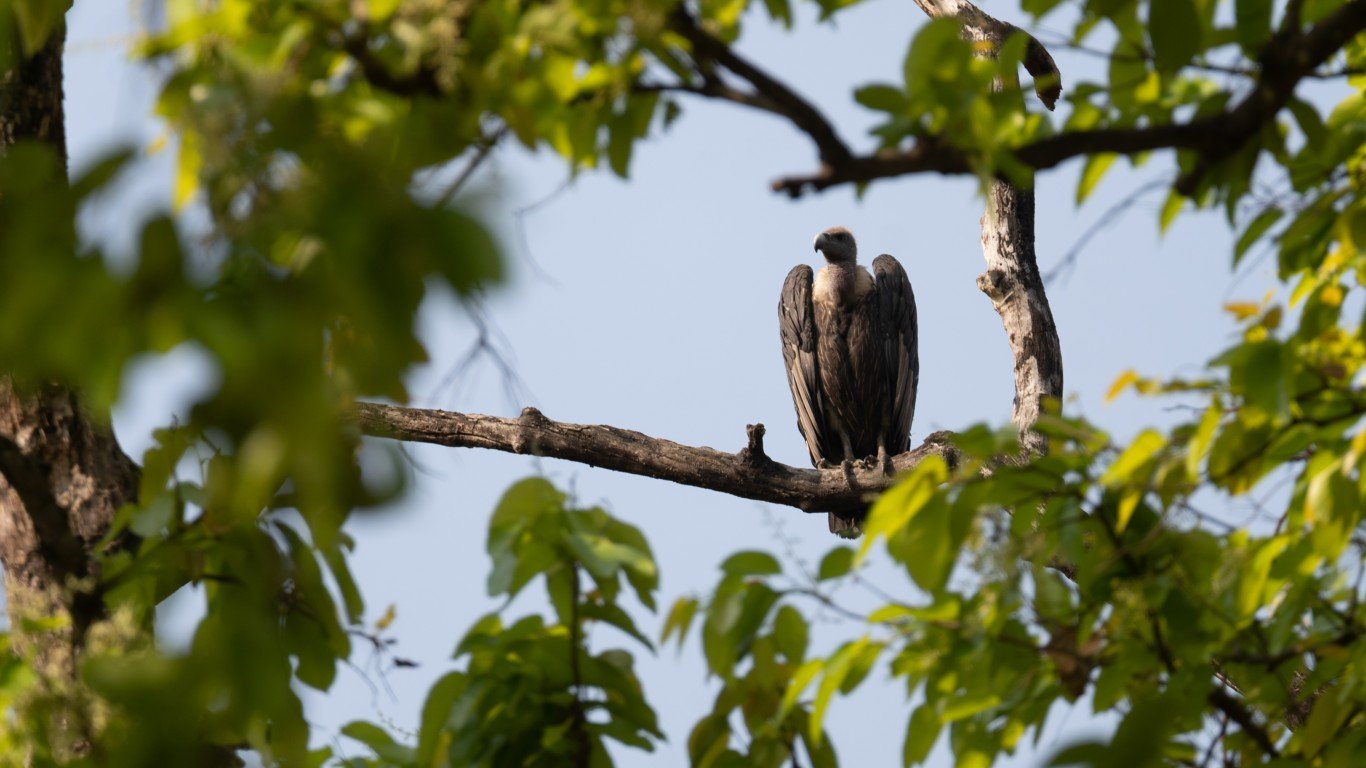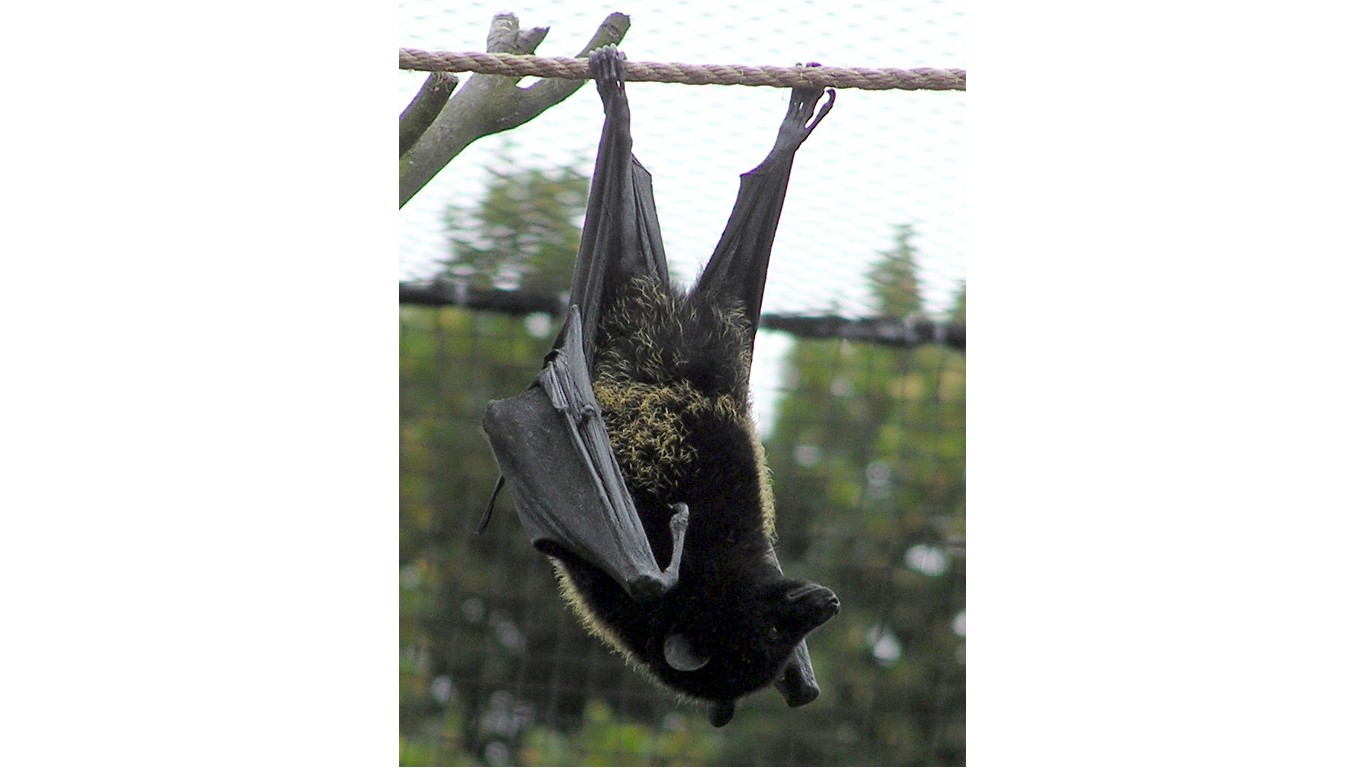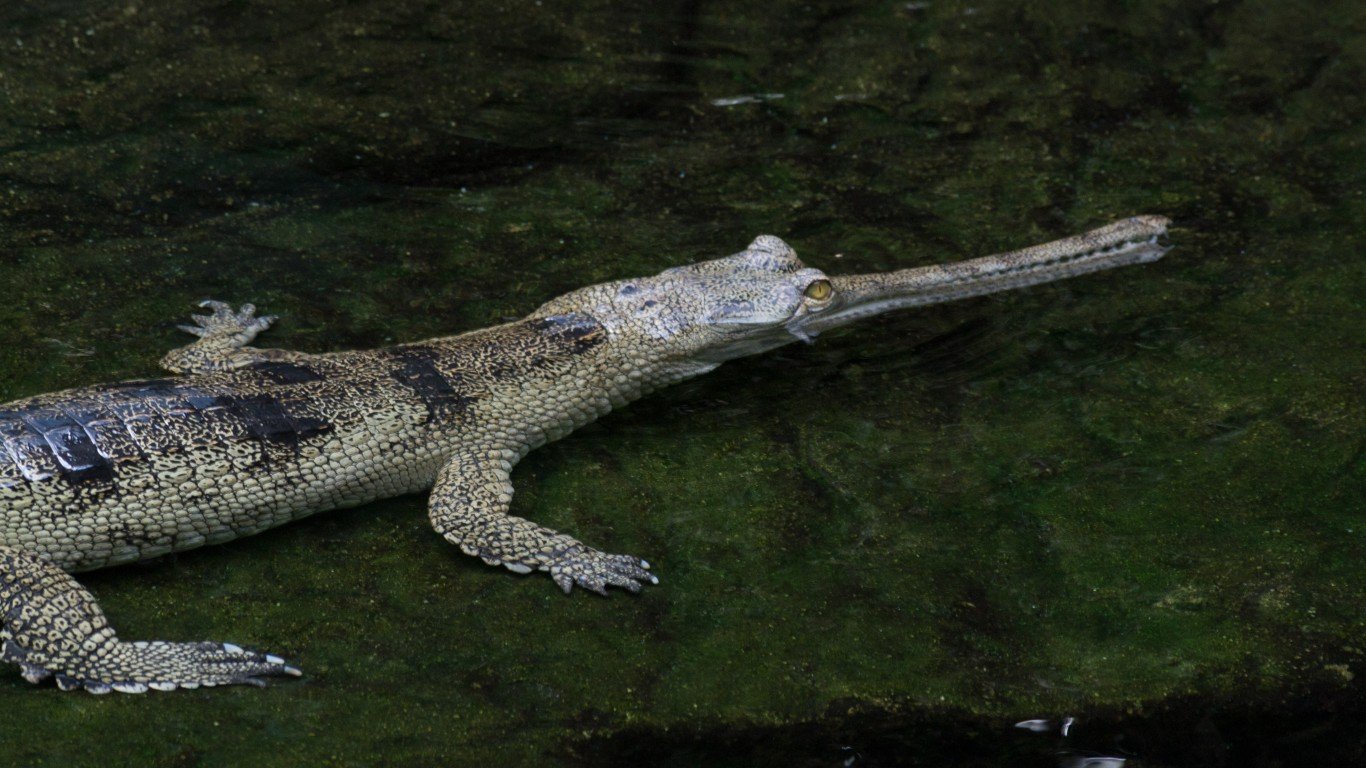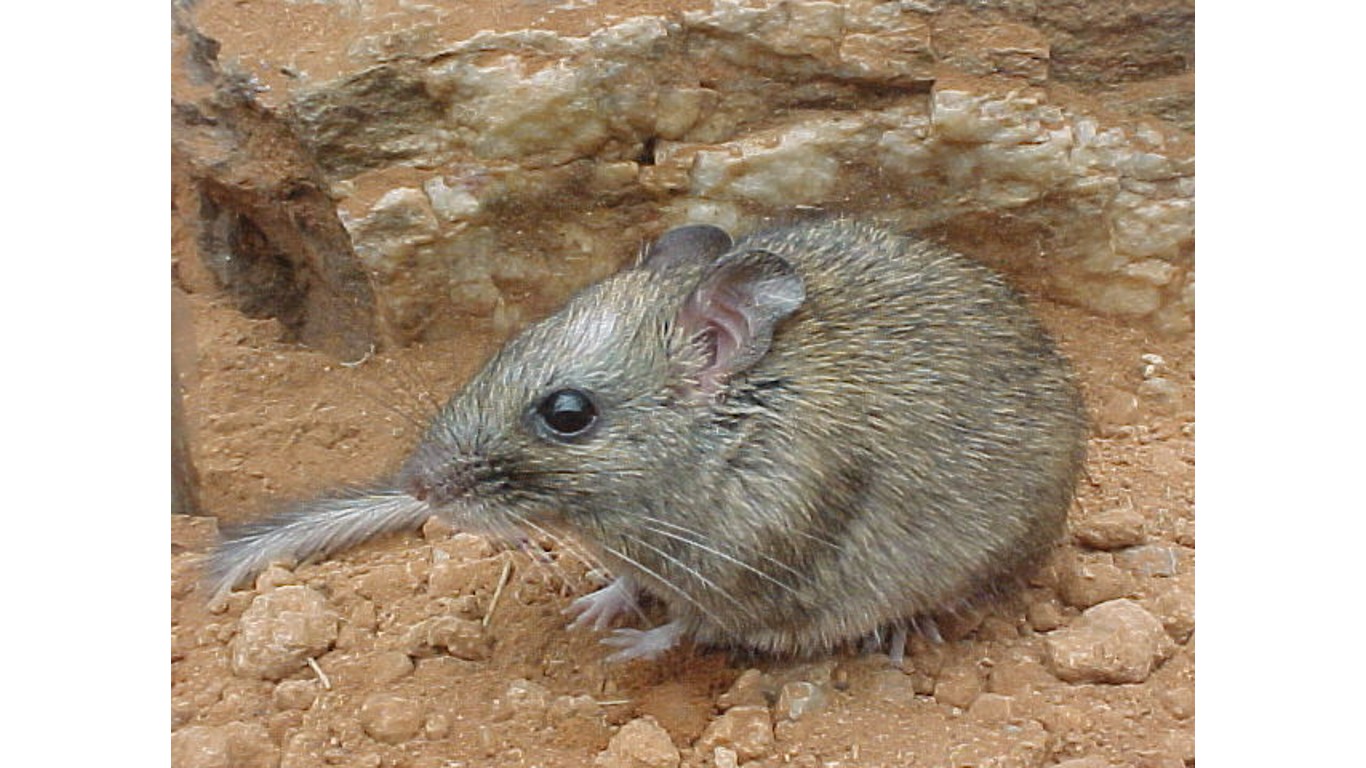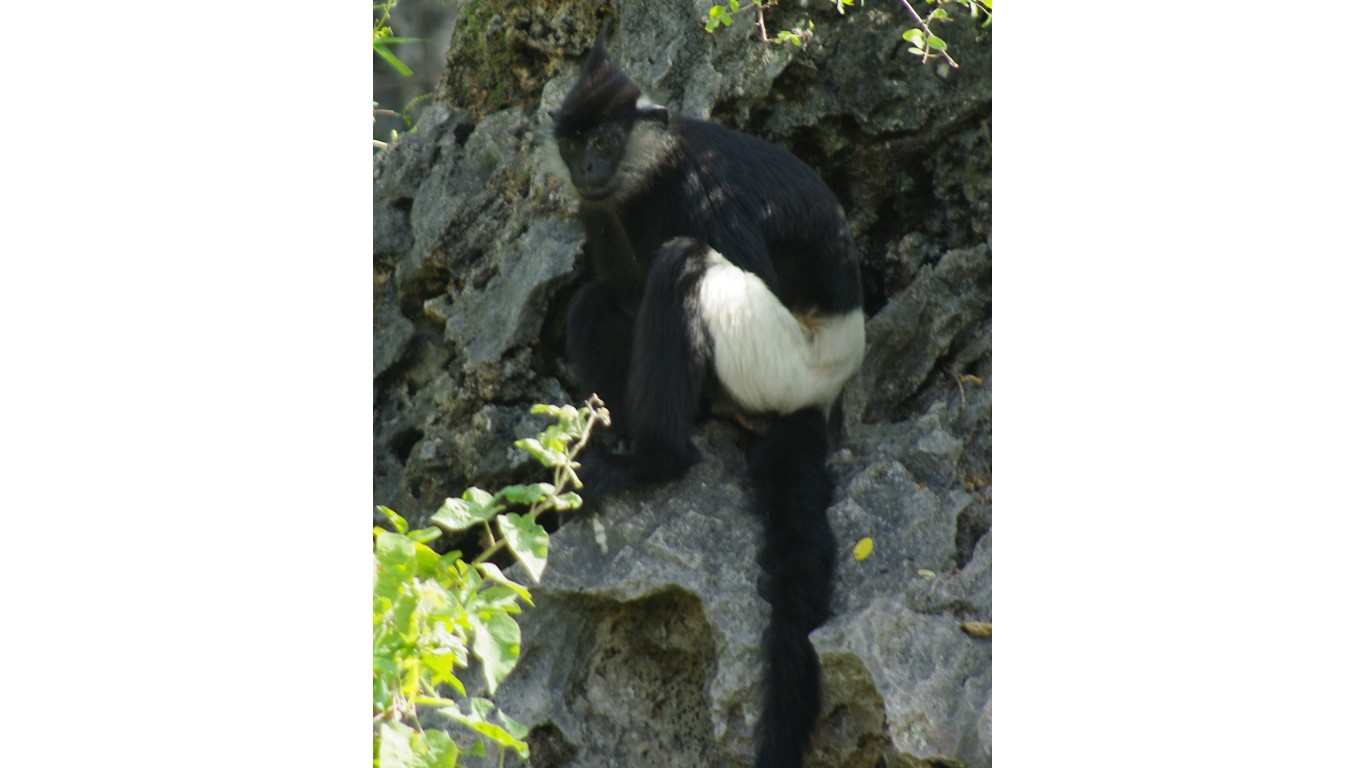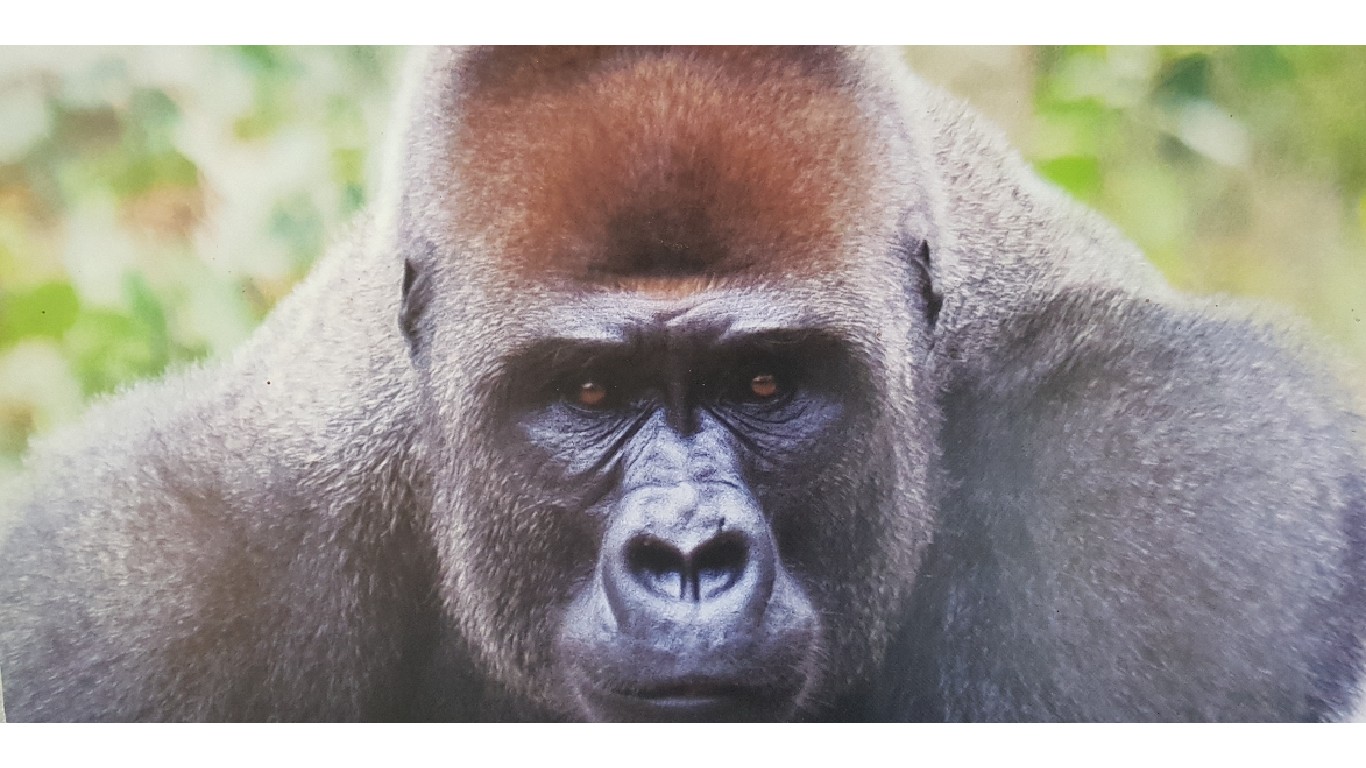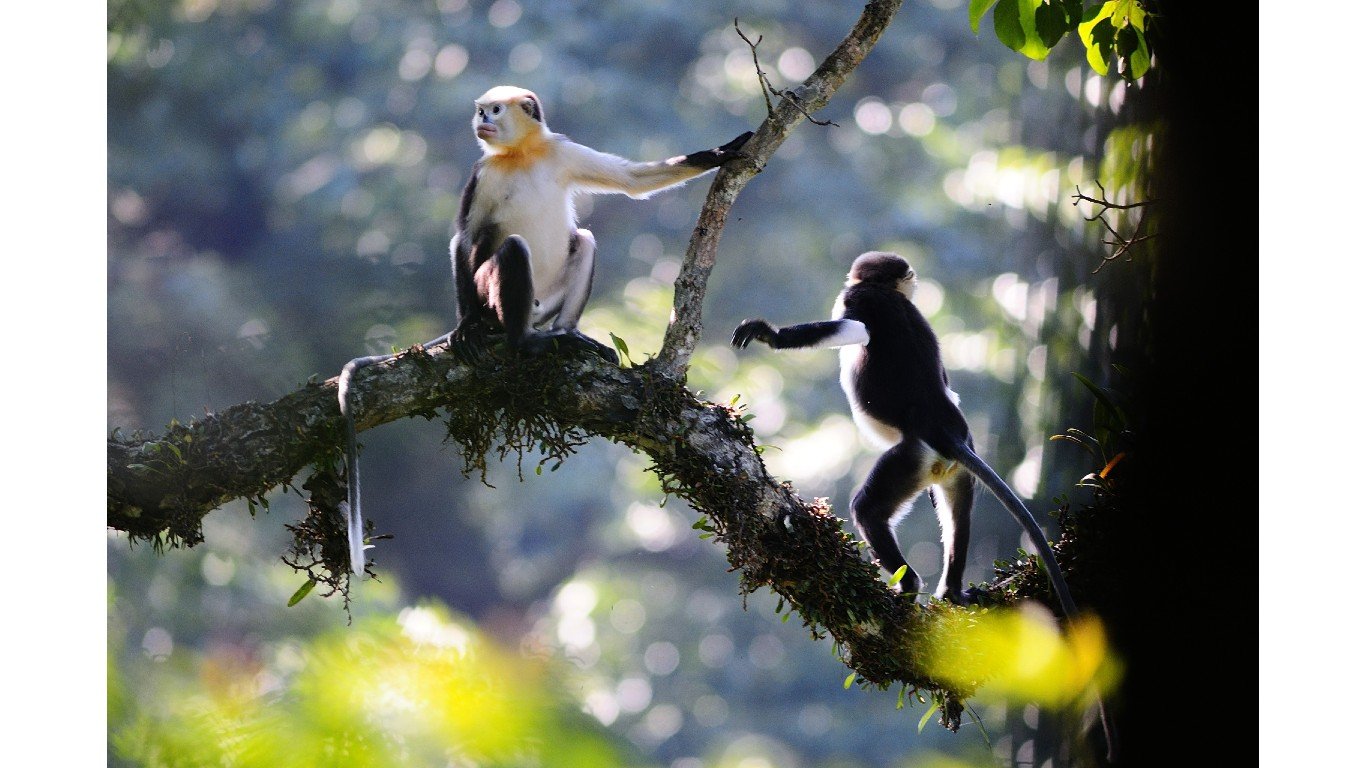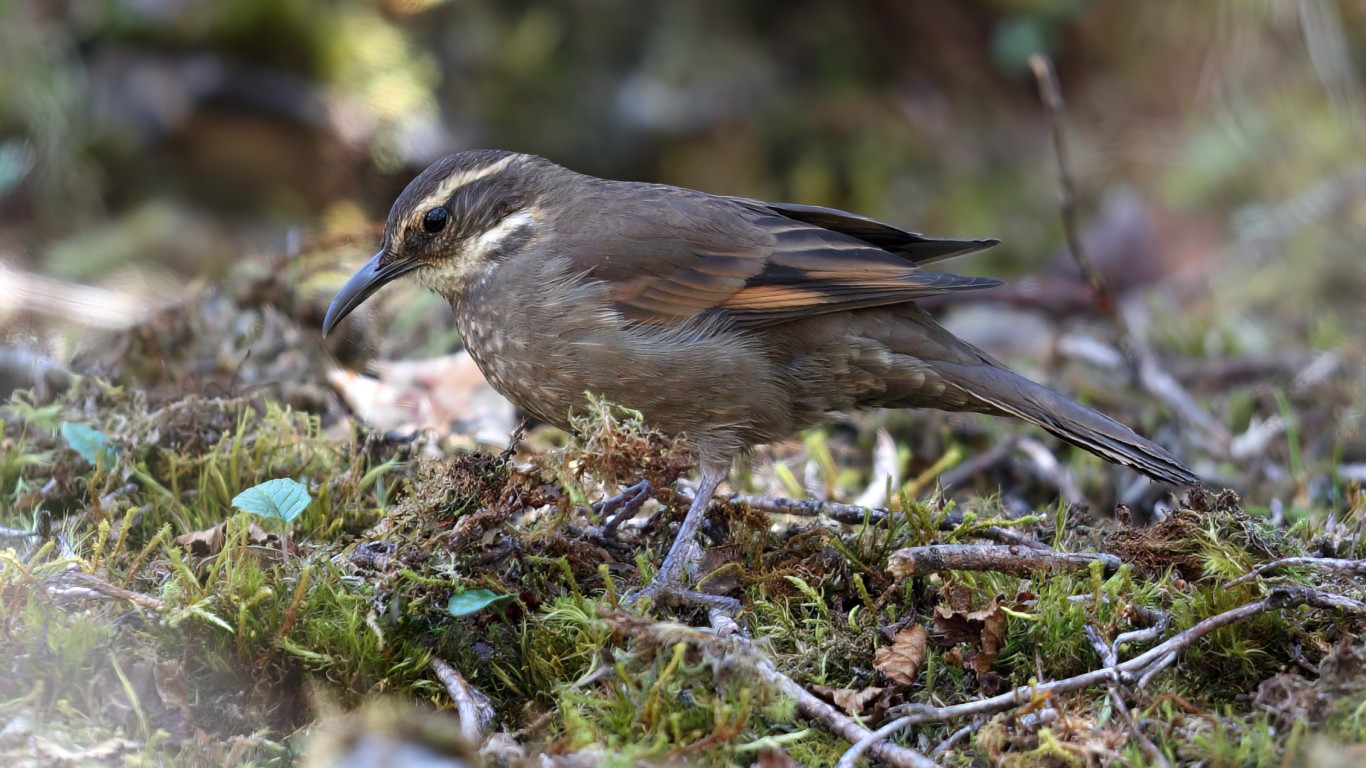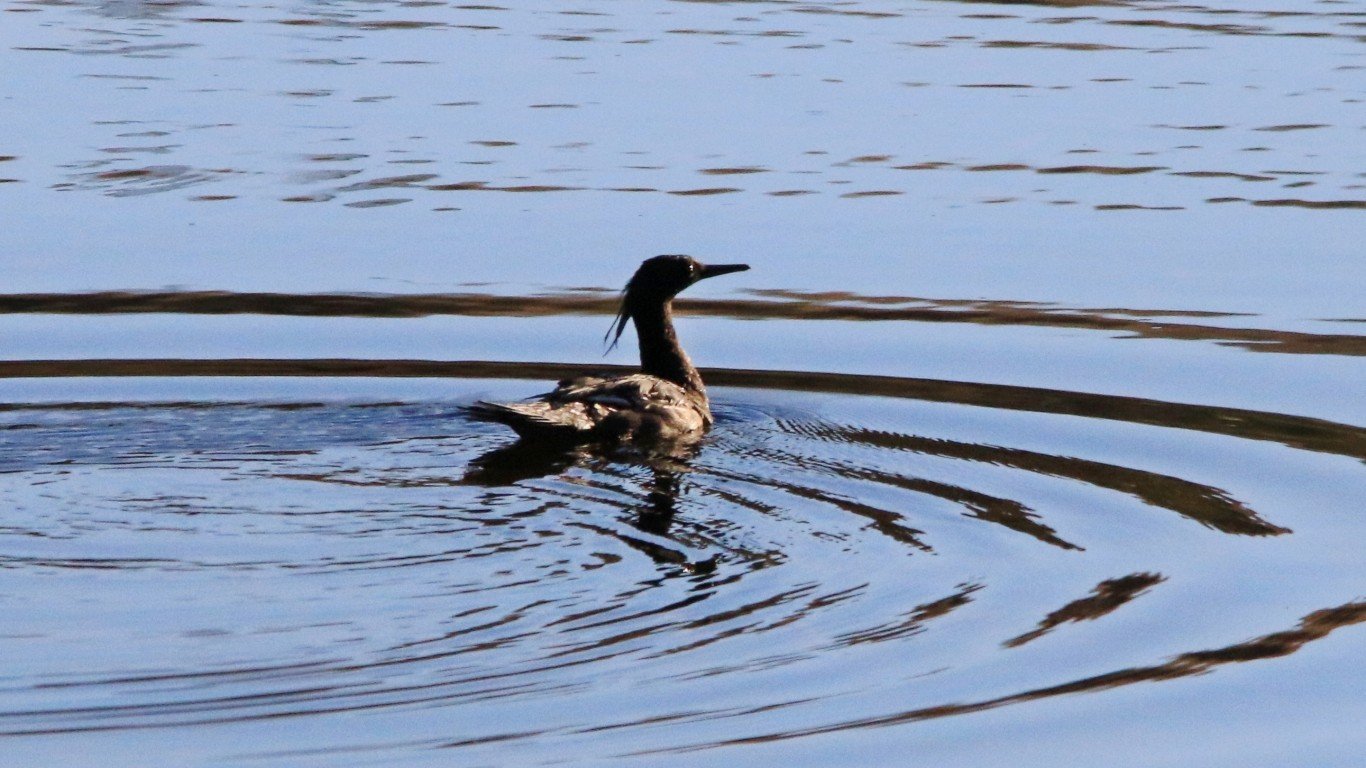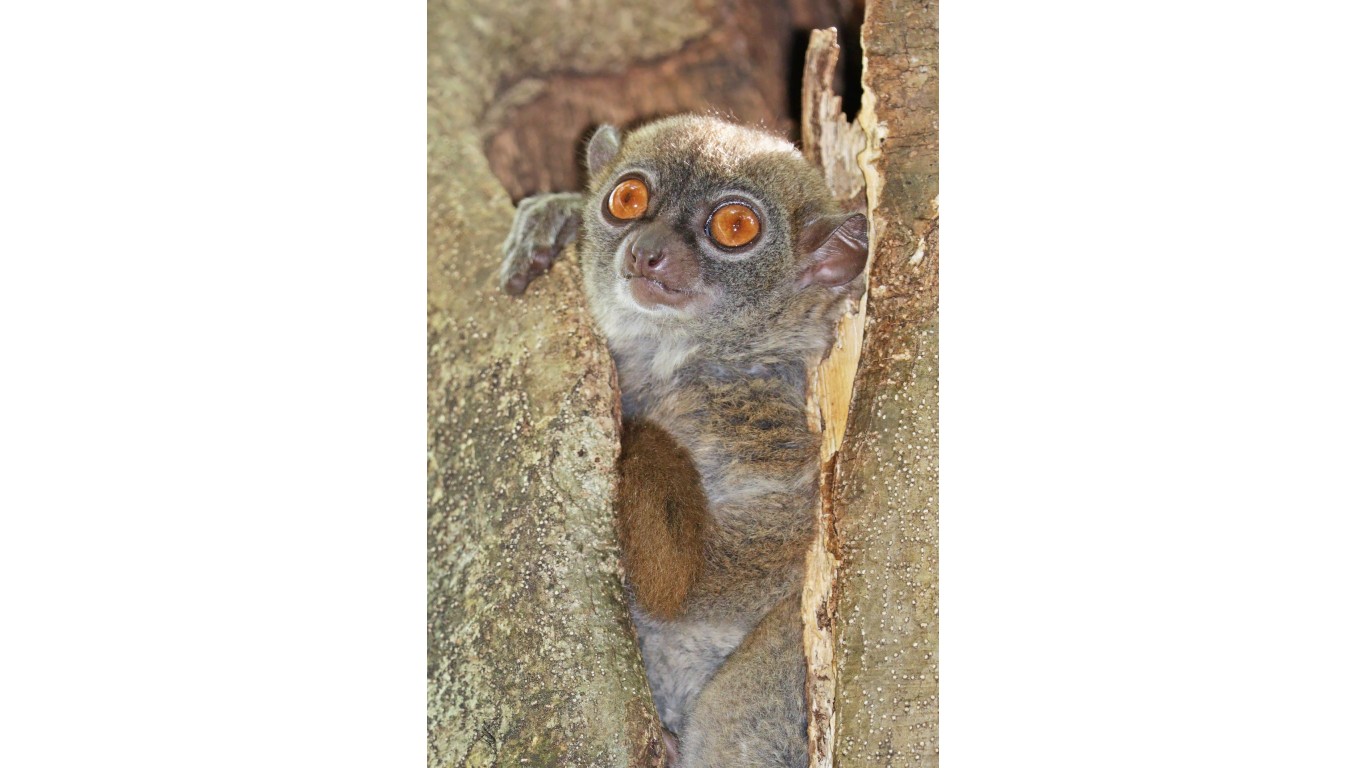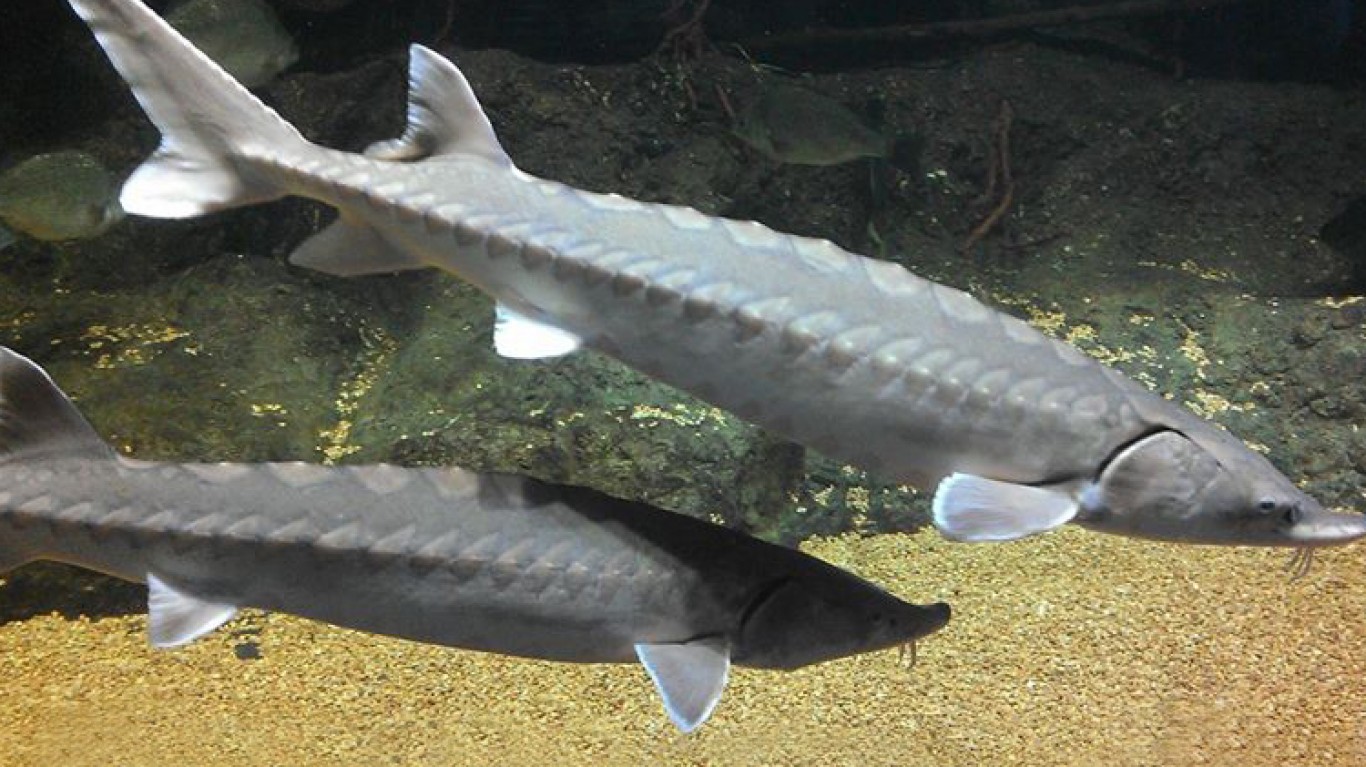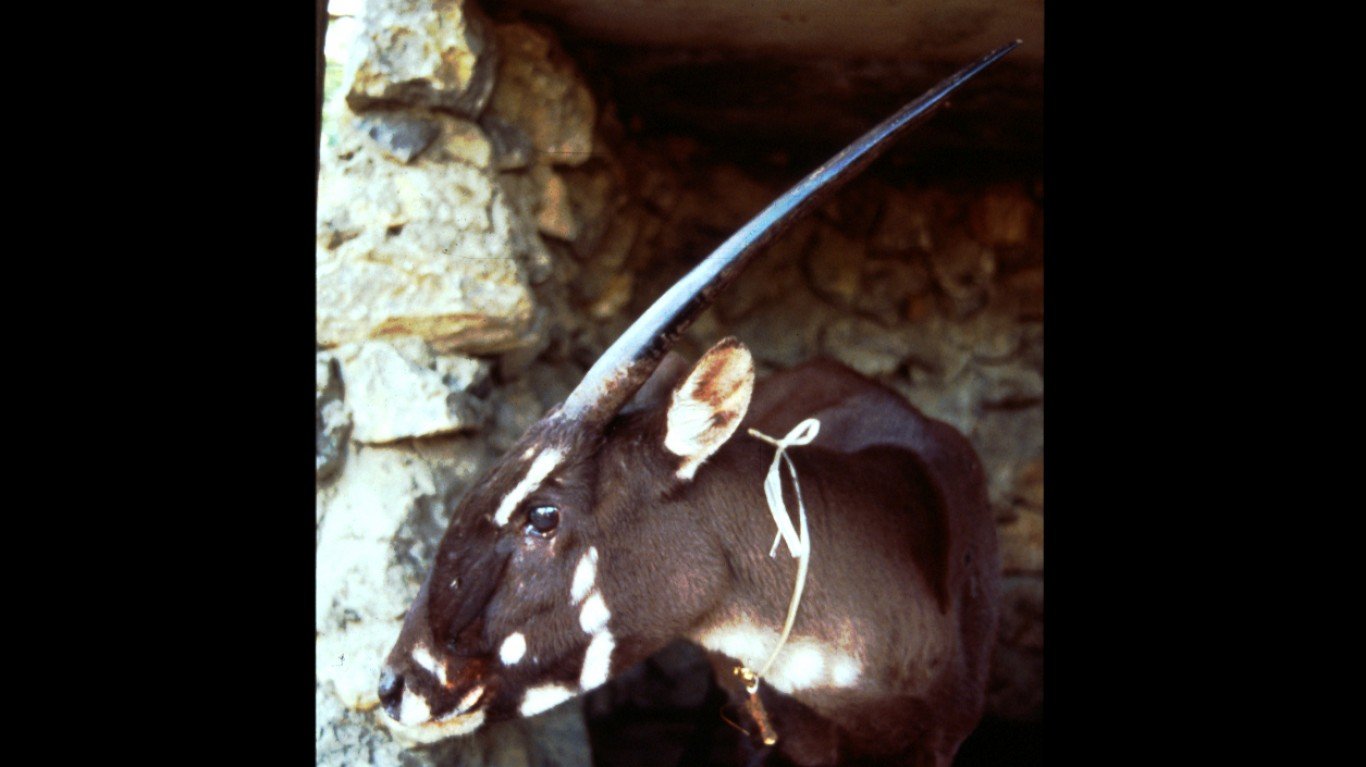Even though efforts have been stepped up to halt the decline of animal species internationally, too many of them remain vulnerable to extinction.
An endangered species is one that is very likely to become extinct in the near future, either worldwide or in a particular region. Endangered species may be at risk because of habitat loss, poaching, and/or invasive species. (These are the most devastating invasive species.)
The International Union for Conservation of Nature, a Swiss-based international research, analysis, and advocacy organization, recognizes seven categories of risk for animal species. “Critically endangered” is the last step before extinction in the wild and then complete extinction, and thus indicates those species that are in danger of disappearing. (The IUCN’s concerns are global, but in strictly American terms, here’s a look at the most threatened wildlife in every state.)
In deciding which species to identify as critically endangered, the IUCN considers population reduction rate, geographic range, population size, population restrictions, and probability of extinction in the wild. Any of these factors or a combination of them can land a species on the organization’s Red List, also called the Barometer of Life.
A species is classified as critically endangered when its population, measured over a ten-year period or across three generations, has declined at least 90% for reasons that no longer apply and can be compensated for or at least 80% if the reasons are ongoing.
It is similarly classified if its numbers are reduced over an area of 100 square kilometers (39 square miles) or its area of occupancy is estimated to be less than 10 square kilometers (3.9 square miles); if its population has shrunk to fewer than 250 mature individuals, and shows either a decline of 25% over 10 years or three generations or an extreme decline of more than 90% of mature individuals; if there are fewer than 50 mature individuals remaining; or if there is considered to be a 50% probability of it going extinct in the wild over the next 10 years or three generations.
To determine some of the critically endangered species in danger of disappearing, 24/7 Tempo examined and assessed data from the Red List (also called the Barometer of Life) compiled by the International Union for Conservation of Nature, and current as of May 9, 2022. Additional information was sourced from National Geographic and the World WildLife Fund.
There are fewer than 10 mature individuals in the wild for three species on the list we compiled. One of those, the Yangtze Giant Softshell Turtle, which lives in Vietnam and China, is the most vulnerable, with only three individuals remaining.

Lesser Antillean Iguana
>Number of mature species members left: 13,000-20,000
>Natural habitat: Forest, savanna, shrubland
>Geographic range: Anguilla; Bonaire, Sint Eustatius and Saba; Dominica; Guadeloupe; Martinique; Saint Barthélemy
Sociable Lapwing
>Number of mature species members left: 11,200
>Natural habitat: Grassland, wetlands, desert
>Geographic range: Central Asia, Africa, Europe
Indian Vulture
>Number of mature species members left: 5,000-15,000
>Natural habitat: Forest, shrubland, grassland, rocky areas
>Geographic range: India, Pakistan
Livingstone’s Flying Fox
>Number of mature species members left: 1,300
>Natural habitat: Forest
>Geographic range: Comoros
Slender-snouted Crocodile
>Number of mature species members left: 1,000-20,000
>Natural habitat: Forest, savanna, wetlands
>Geographic range: Western and central Africa
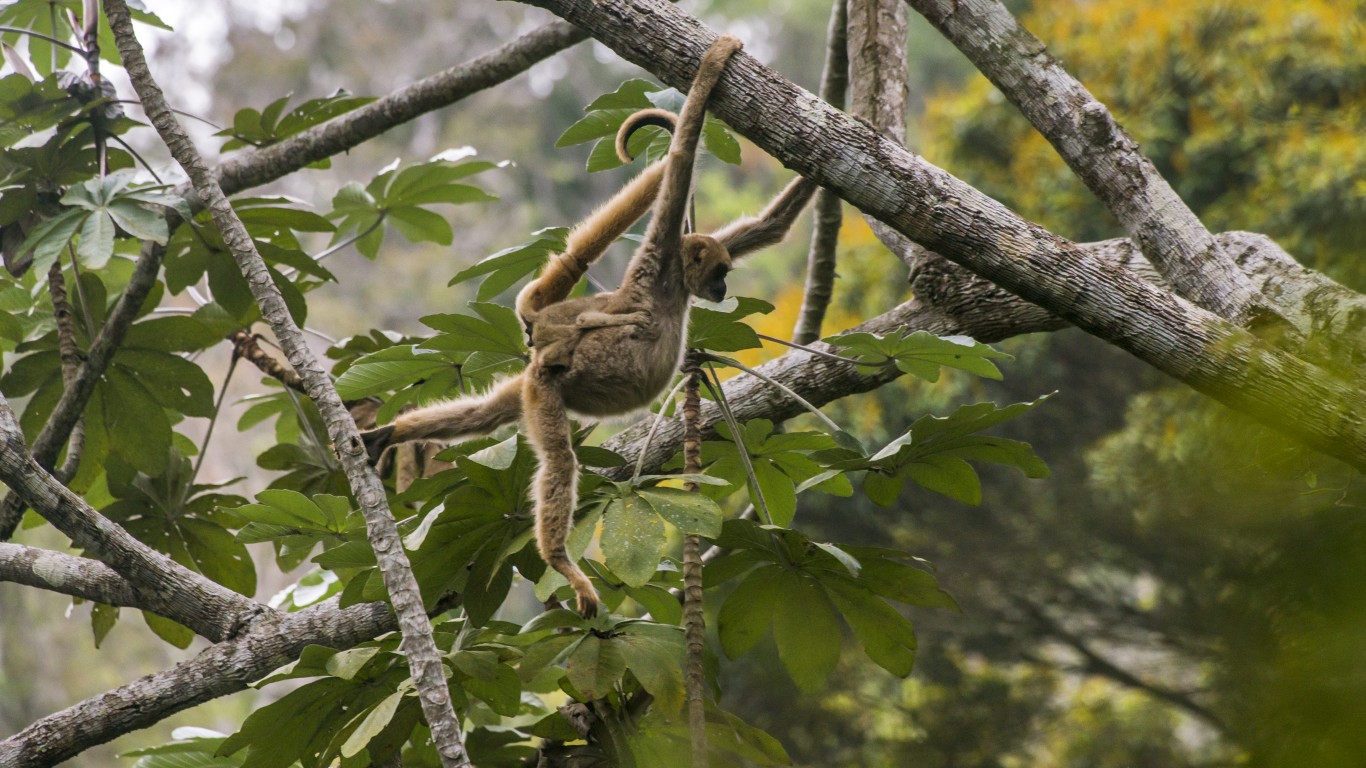
Northern Muriqui
>Number of mature species members left: 1,000
>Natural habitat: Forest
>Geographic range: Brazil
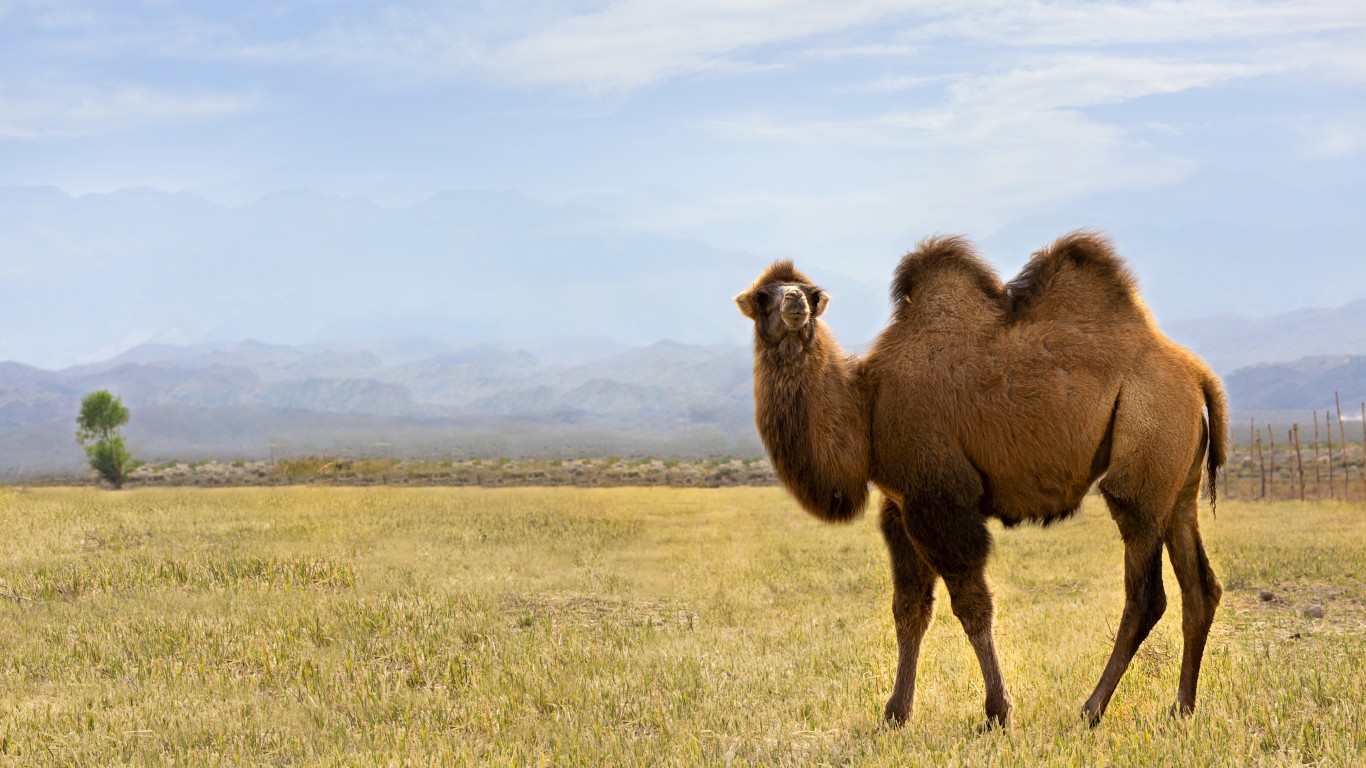
Bactrian Camel
>Number of mature species members left: 950
>Natural habitat: Desert
>Geographic range: China, Mongolia
Central Rock-rat
>Number of mature species members left: 800
>Natural habitat: Shrubland, grassland, savanna
>Geographic range: Australia (Northern Territory)
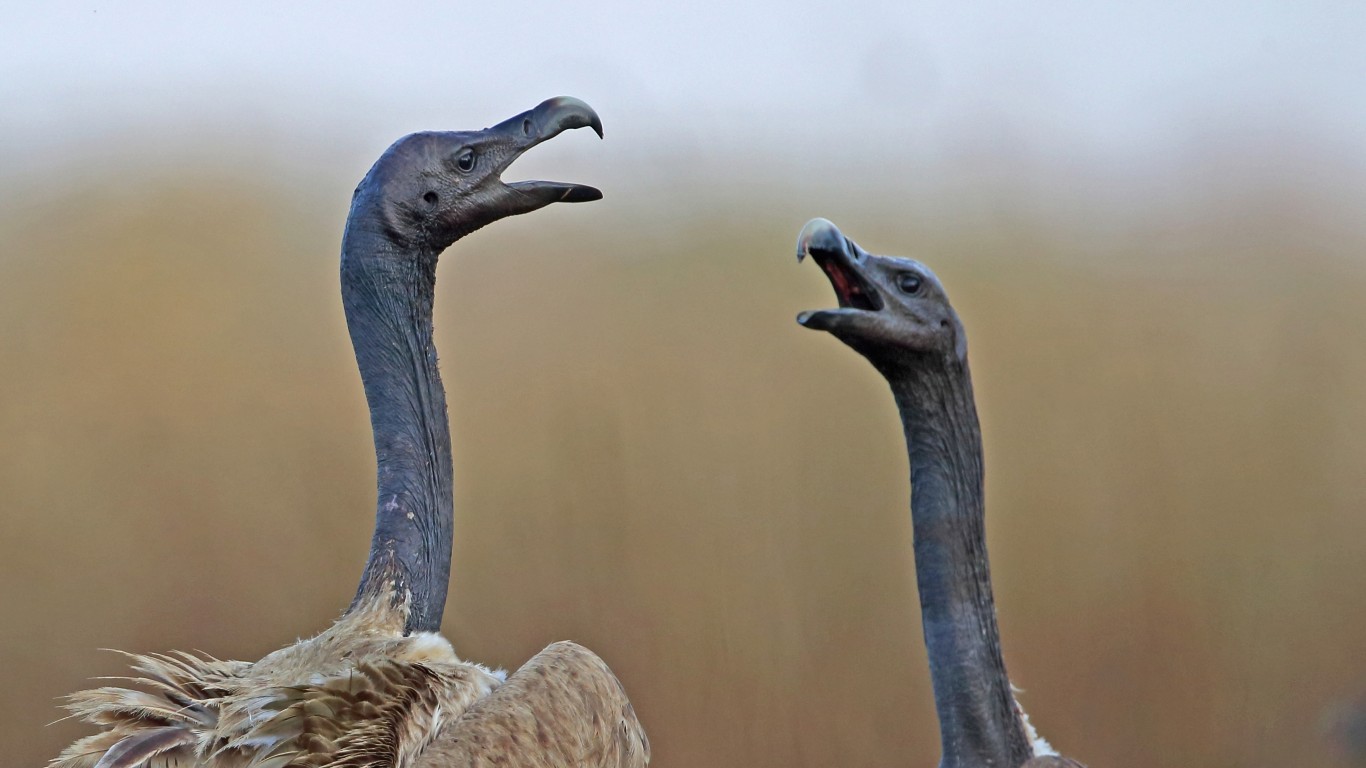
Slender-billed Vulture
>Number of mature species members left: 730-870
>Natural habitat: Forest, grassland, shrubland
>Geographic range: Bangladesh; Cambodia; India; Laos; Myanmar; Nepal
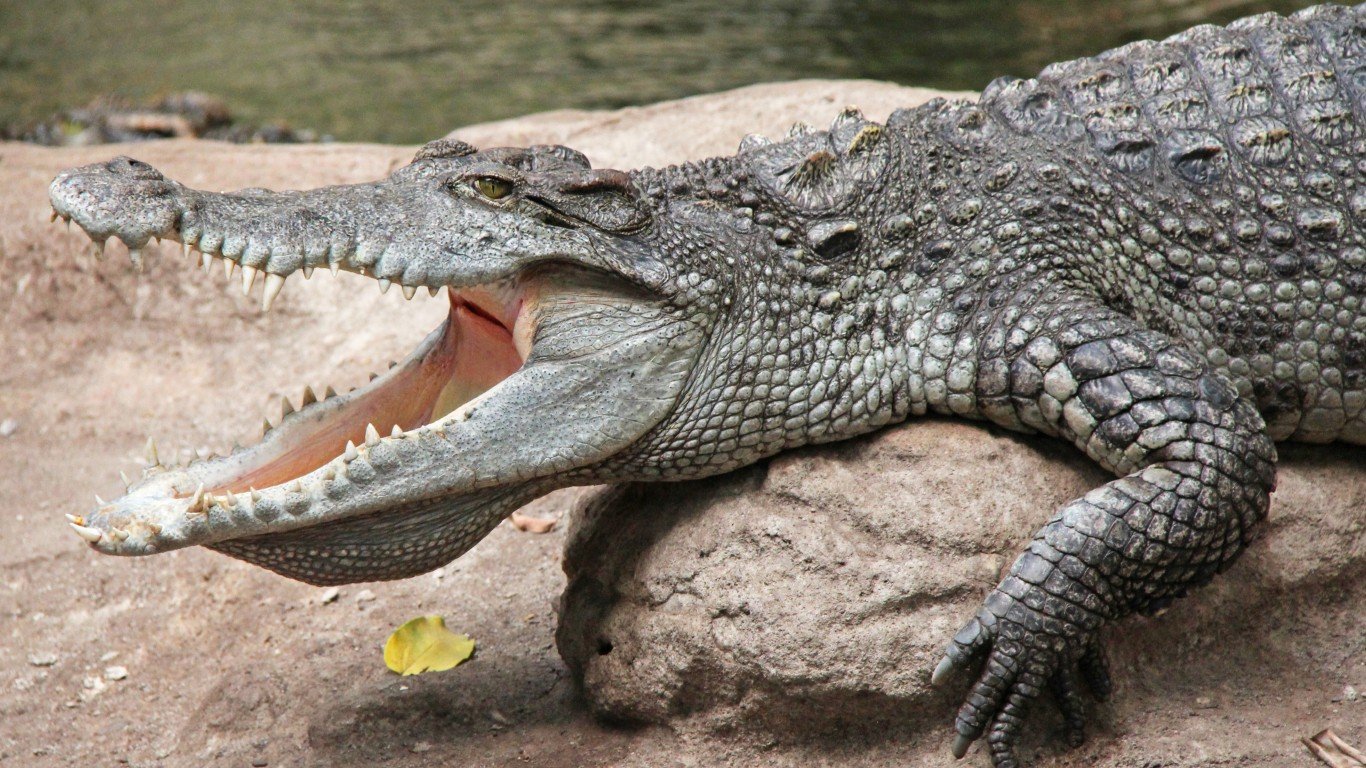
Siamese Crocodile
>Number of mature species members left: 500-1,000
>Natural habitat: Wetlands
>Geographic range: Southeast Asia, Indonesia
Red-crowned Roofed Turtle
>Number of mature species members left: 500
>Natural habitat: Wetlands
>Geographic range: India
Delacour’s Langur
>Number of mature species members left: 240-250
>Natural habitat: Forest, rocky areas
>Geographic range: Vietnam, China
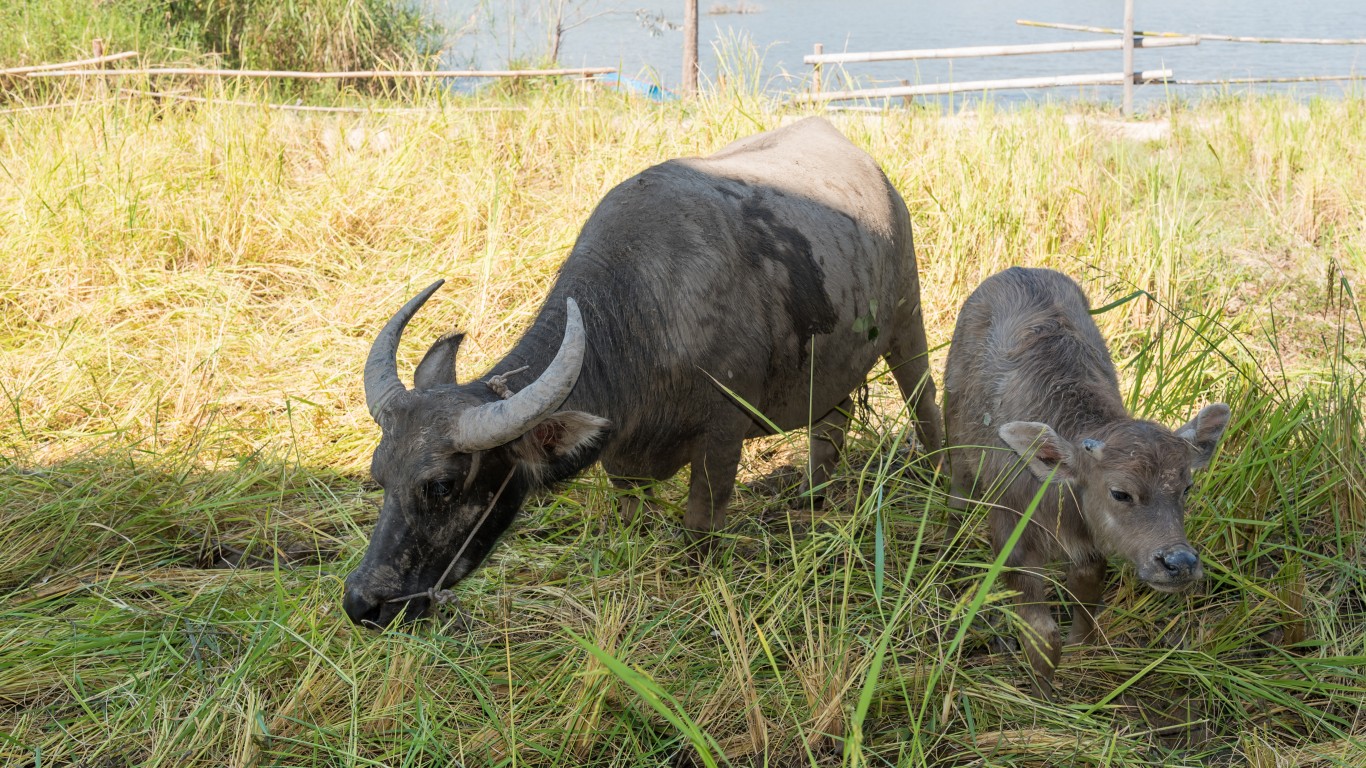
Tamaraw
>Number of mature species members left: 220-300
>Natural habitat: Forest, shrubland, grassland
>Geographic range: Philippines
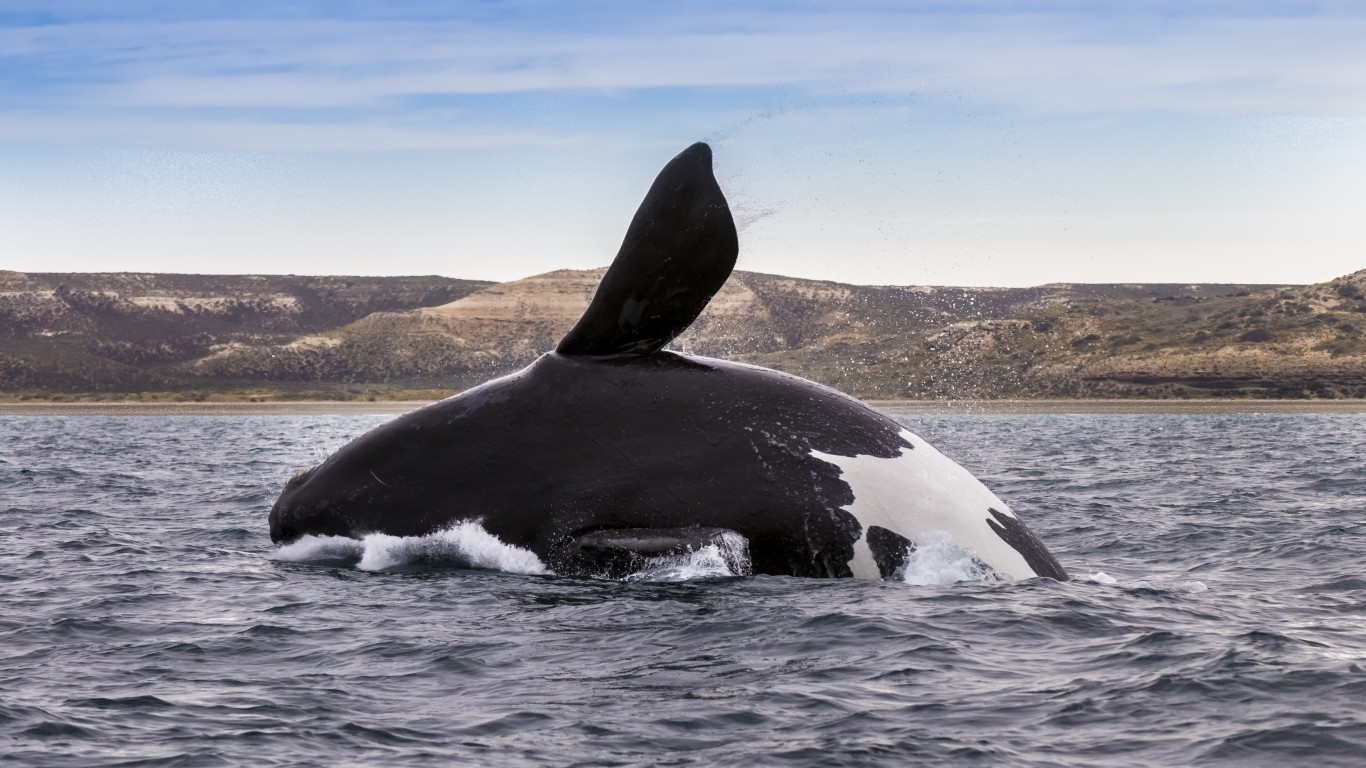
North Atlantic Right Whale
>Number of mature species members left: 200-250
>Natural habitat: Marine neritic and oceanic zones
>Geographic range: North Atlantic
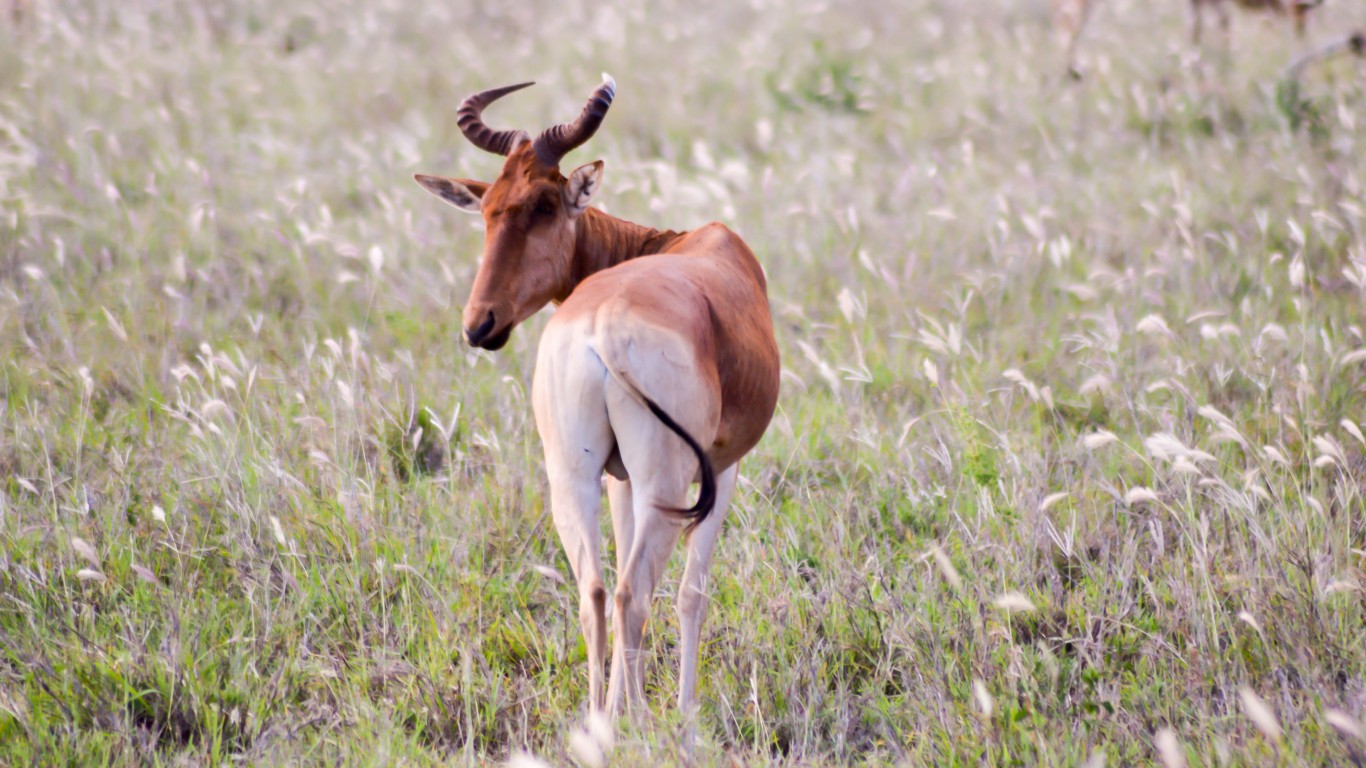
Hirola
>Number of mature species members left: 200-500
>Natural habitat: Grassland, savanna, shrubland
>Geographic range: Kenya, Somalia
Pygmy Raccoon
>Number of mature species members left: 192
>Natural habitat: Forest
>Geographic range: Mexico
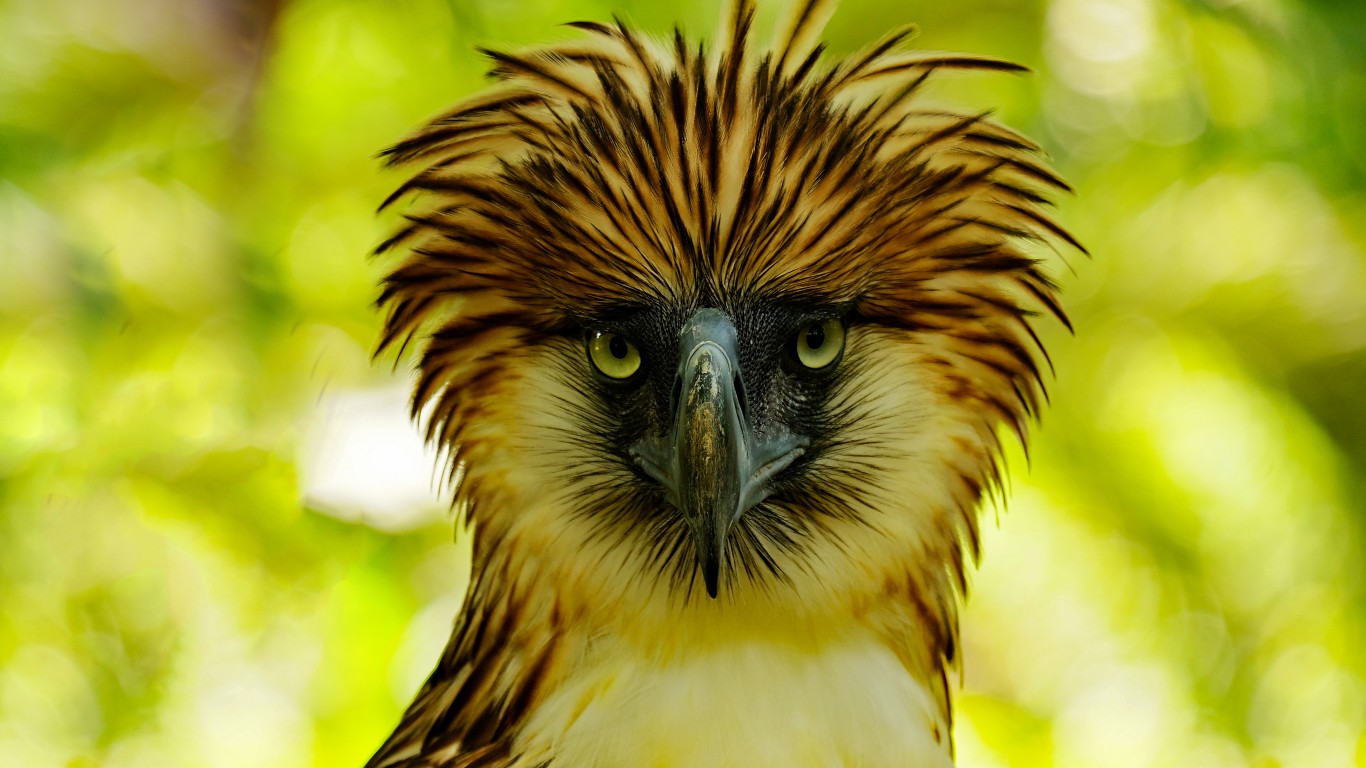
Philippine Eagle
>Number of mature species members left: 180-500
>Natural habitat: Forest
>Geographic range: Philippines
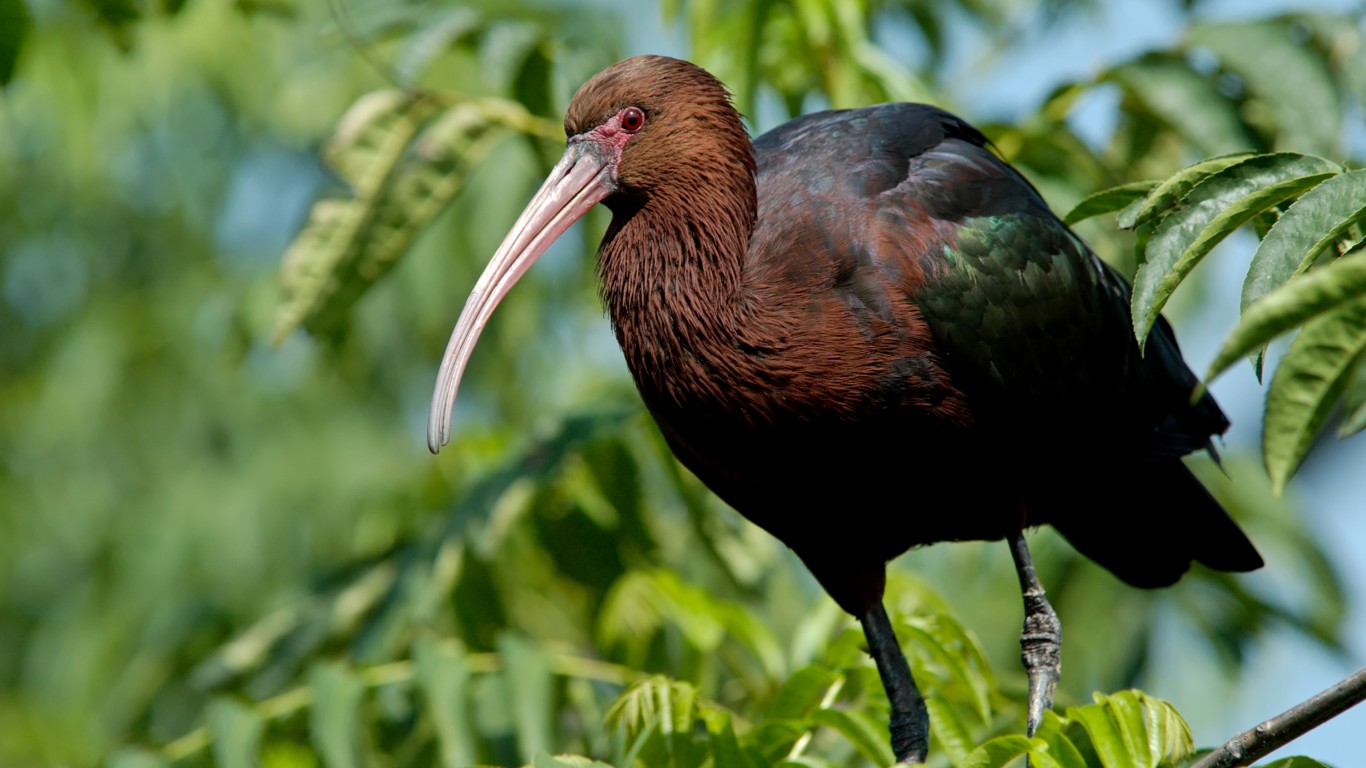
Dwarf Ibis
>Number of mature species members left: 130-1,700
>Natural habitat: Forest, wetlands, savanna
>Geographic range: Sâo Tomé and Principe
Cross River Gorilla
>Number of mature species members left: 100-250
>Natural habitat: Forest
>Geographic range: Cameroon, Nigeria
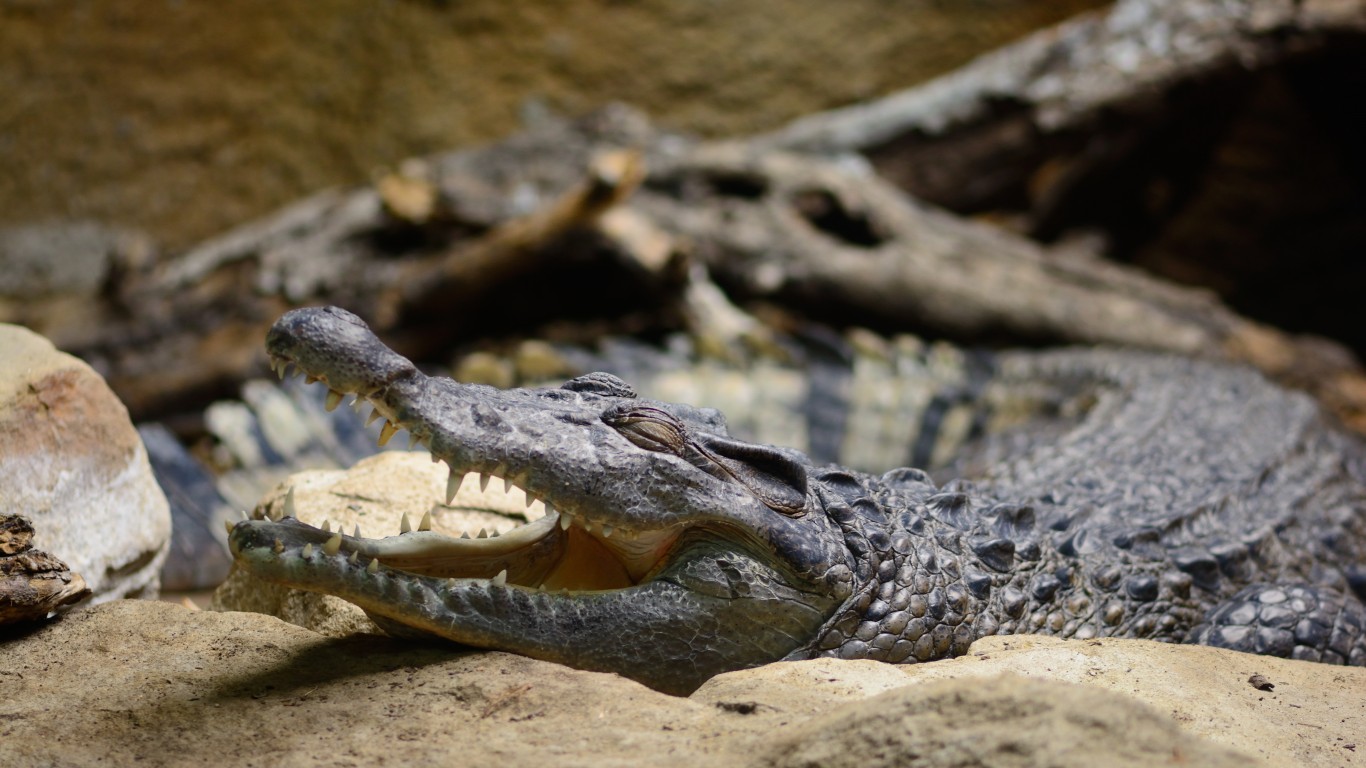
Philippine Crocodile
>Number of mature species members left: 92-137
>Natural habitat: Wetlands
>Geographic range: Philippines
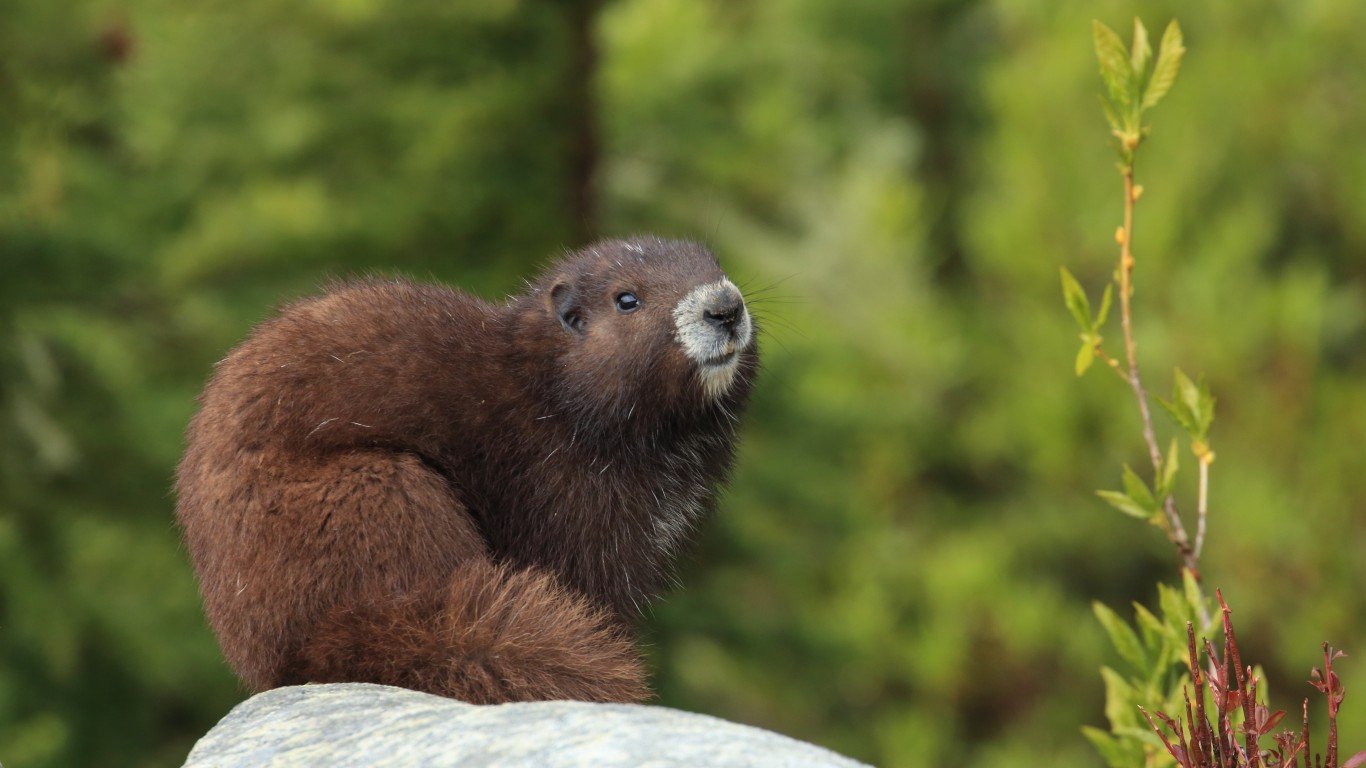
Vancouver Island Marmot
>Number of mature species members left: 90
>Natural habitat: Forest, grassland, rocky areas
>Geographic range: British Columbia
Tonkin Snub-nosed Monkey
>Number of mature species members left: 80-100
>Natural habitat: Forest
>Geographic range: Vietnam
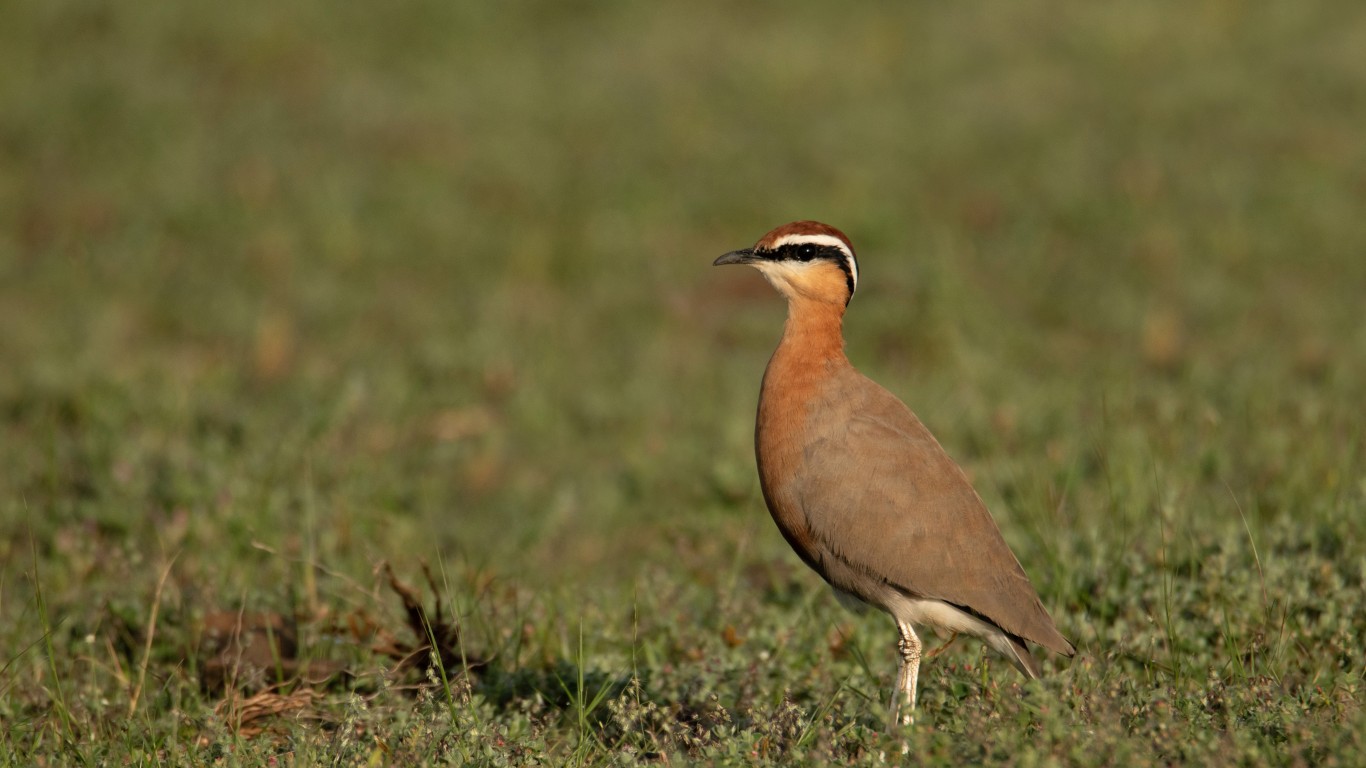
Jerdon’s Courser
>Number of mature species members left: 50-249
>Natural habitat: Shrubland
>Geographic range: India
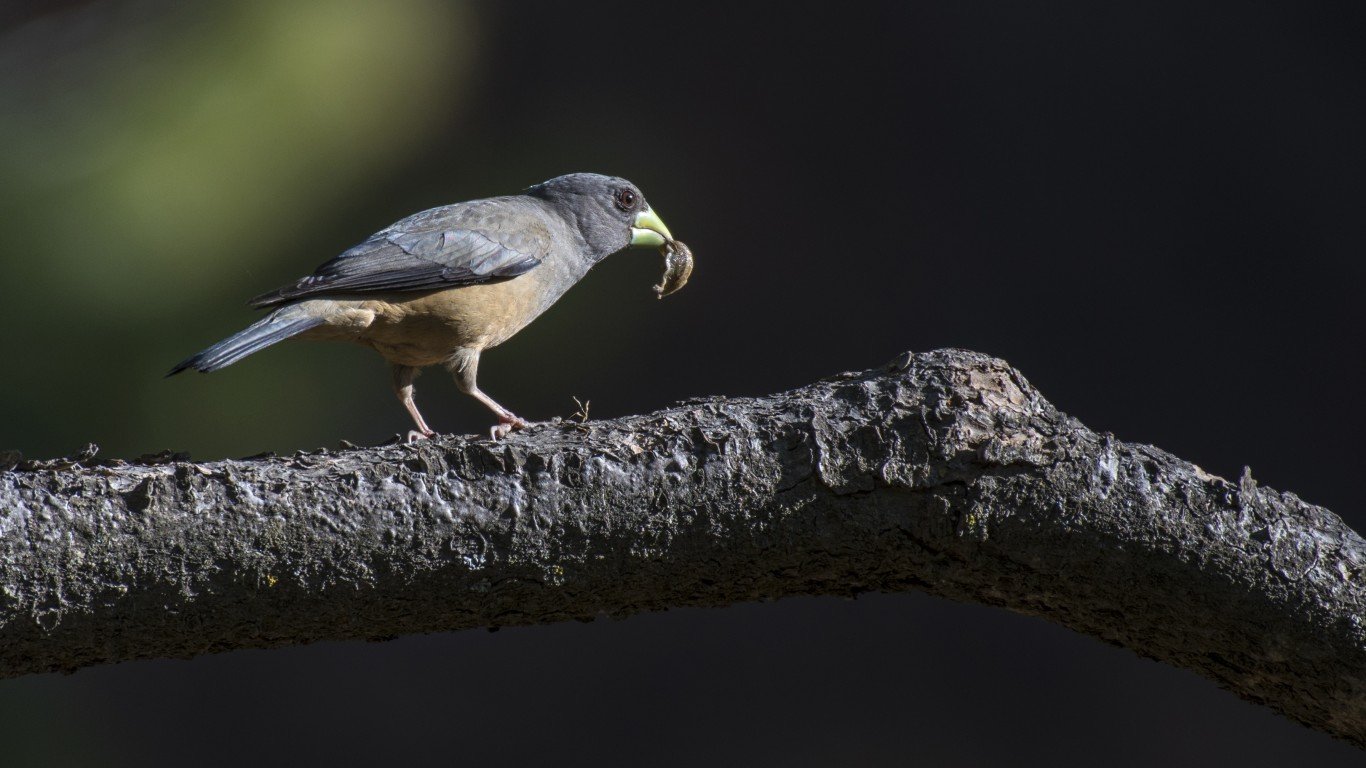
Sâo Tomé Grosbeak
>Number of mature species members left: 50-249
>Natural habitat: Forest
>Geographic range: Sâo Tomé and Principe
Royal Cinclodes
>Number of mature species members left: 50-249
>Natural habitat: Forest, Wetlands
>Geographic range: Peru
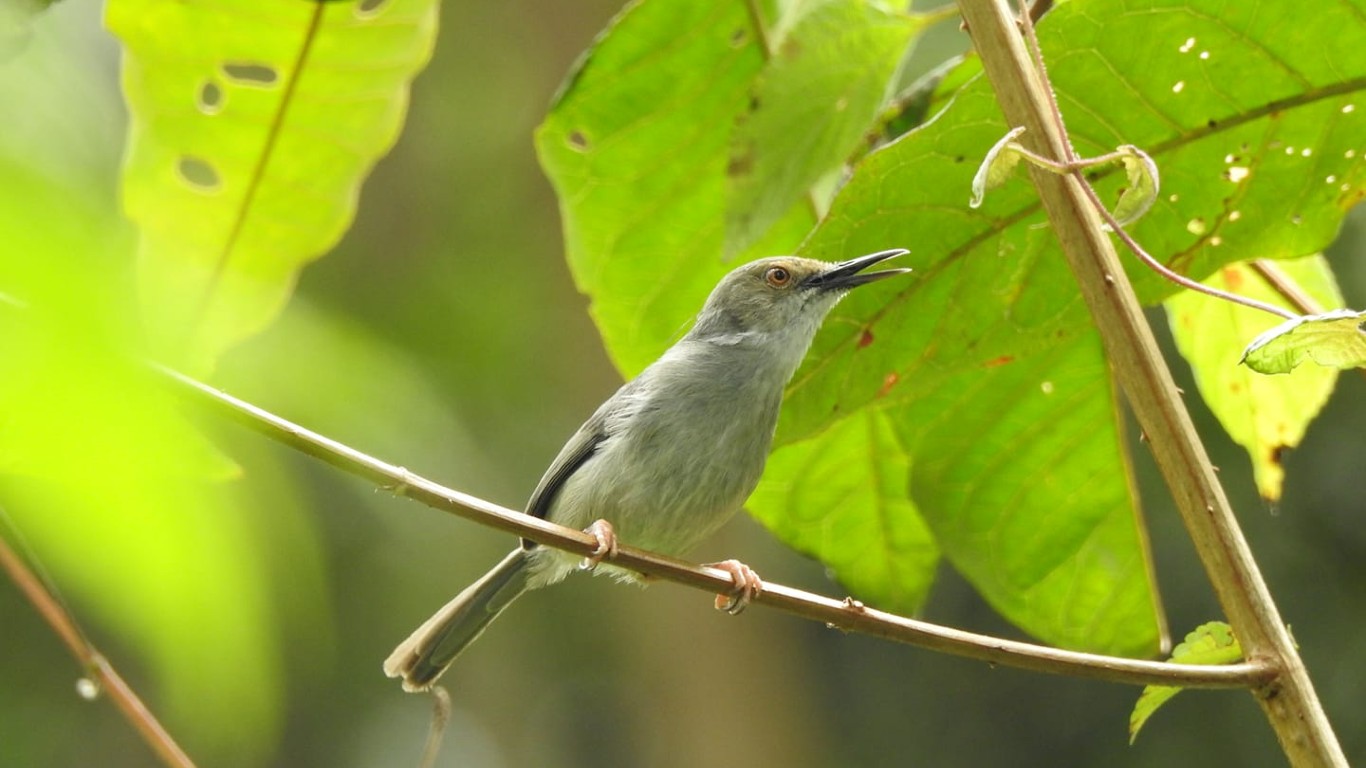
Long-billed Forest-warbler
>Number of mature species members left: 50-249
>Natural habitat: Forest, shrubland
>Geographic range: Tanzania
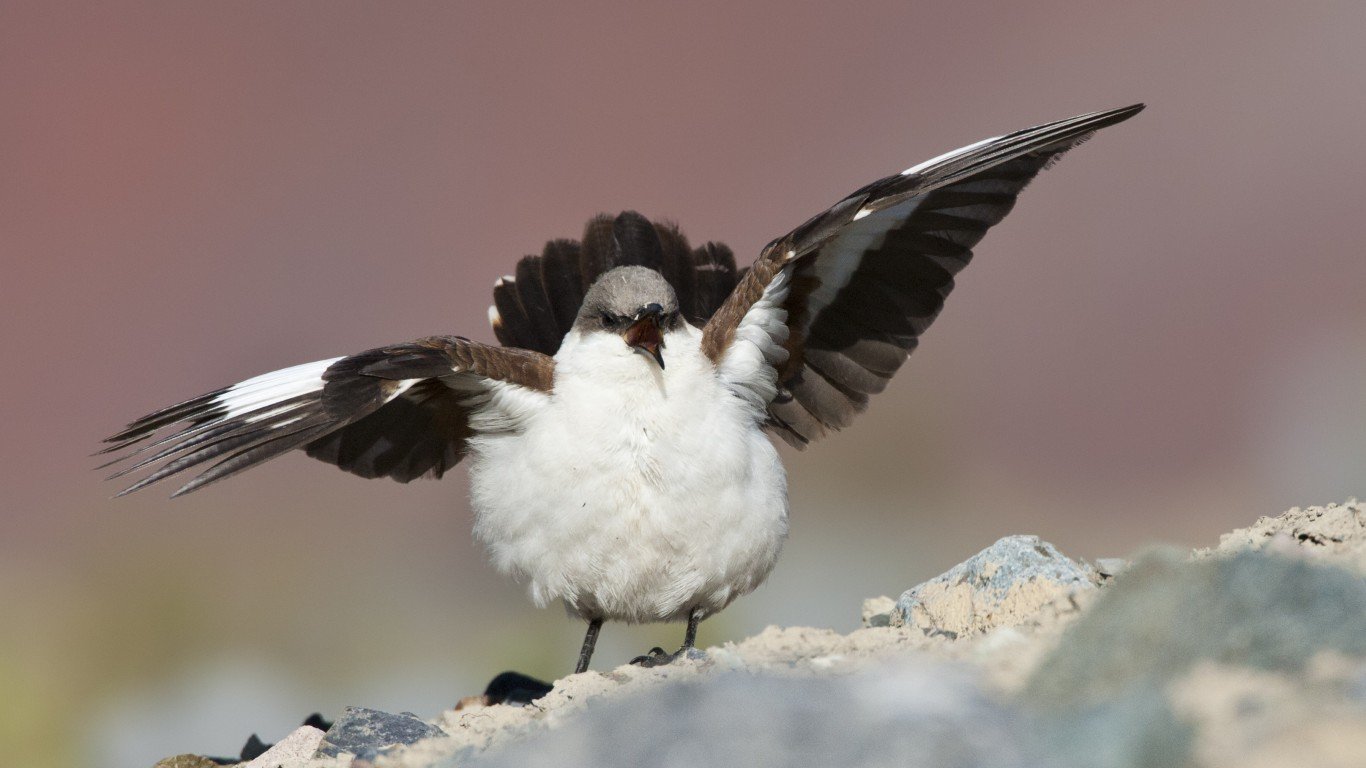
White-bellied Cinclodes
>Number of mature species members left: 50-249
>Natural habitat: Grassland, wetlands, desert
>Geographic range: Peru
Brazilian Merganser
>Number of mature species members left: 50-249
>Natural habitat: Wetlands
>Geographic range: Brazil, Argentina, Paraguay
Sahafary Sportive Lemur
>Number of mature species members left: 40
>Natural habitat: Forest
>Geographic range: Madagascar
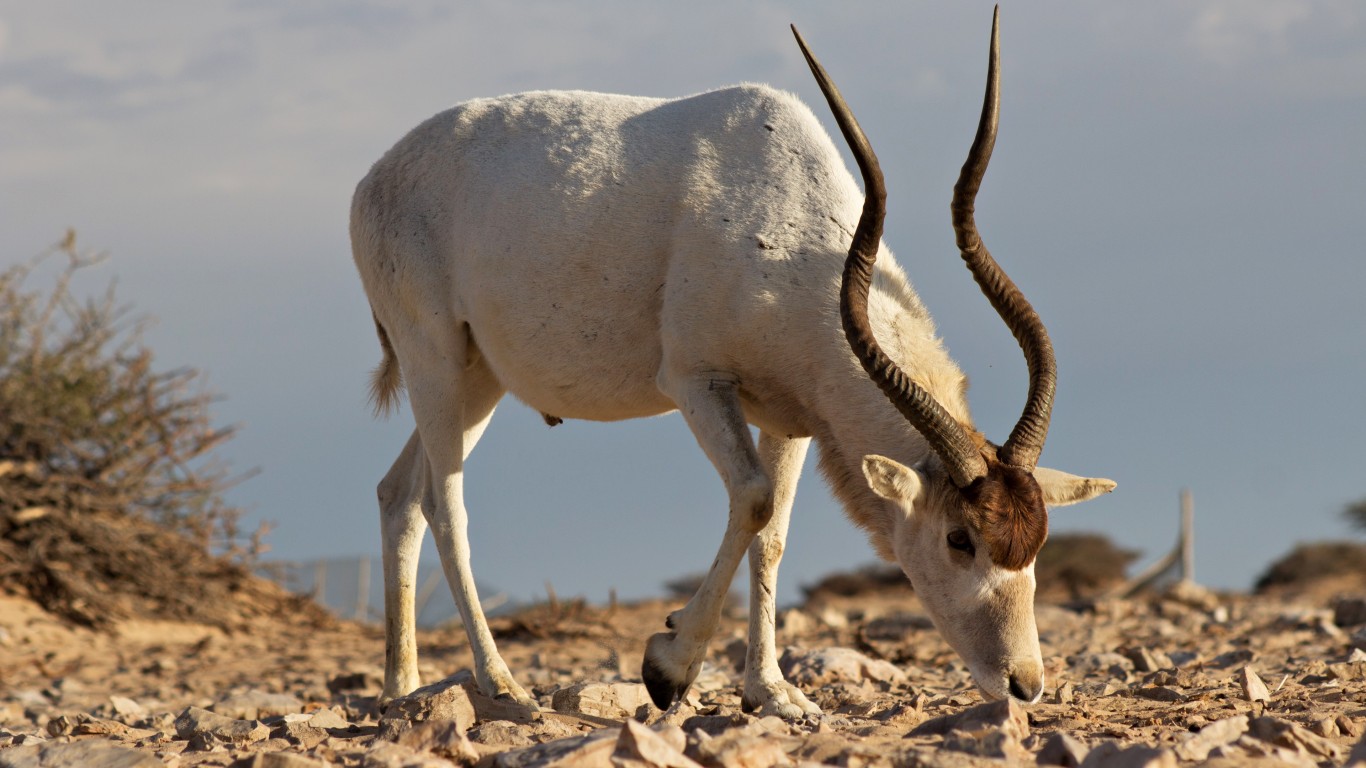
Addax
>Number of mature species members left: 30-90
>Natural habitat: Savanna, grassland, desert
>Geographic range: Chad, Niger, Mauritania
Atlantic Sturgeon
>Number of mature species members left: 20-750
>Natural habitat: Wetlands, marine neritic zone
>Geographic range: European coastlines, waterways
Saola
>Number of mature species members left: 75-1,050
>Natural habitat: Forest
>Geographic range: Laos, Vietnam
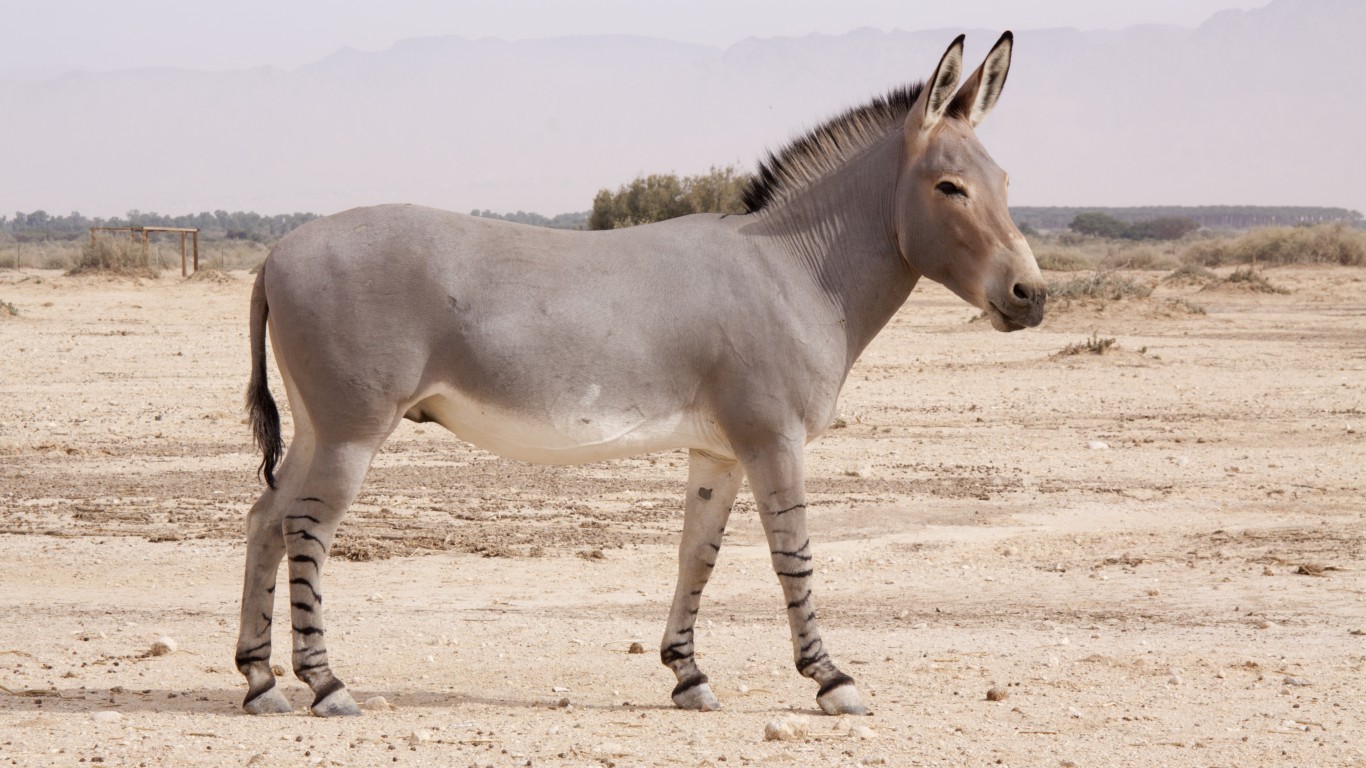
African Wild donkey
>Number of mature species members left: 23-200
>Natural habitat: Shrubland, grassland
>Geographic range: Eritrea, Ethiopia
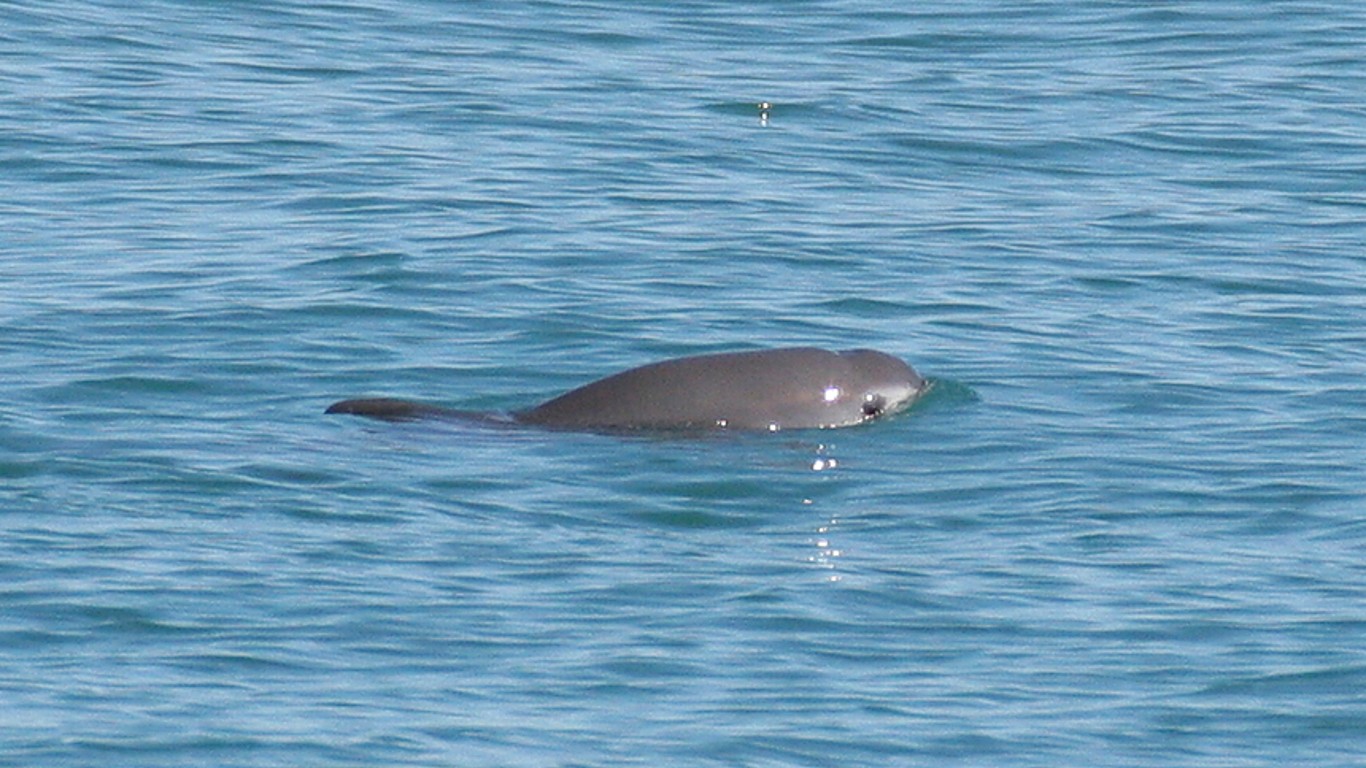
Vaquita
>Number of mature species members left: 18
>Natural habitat: Marine neritic and oceanic zones
>Geographic range: Mexico
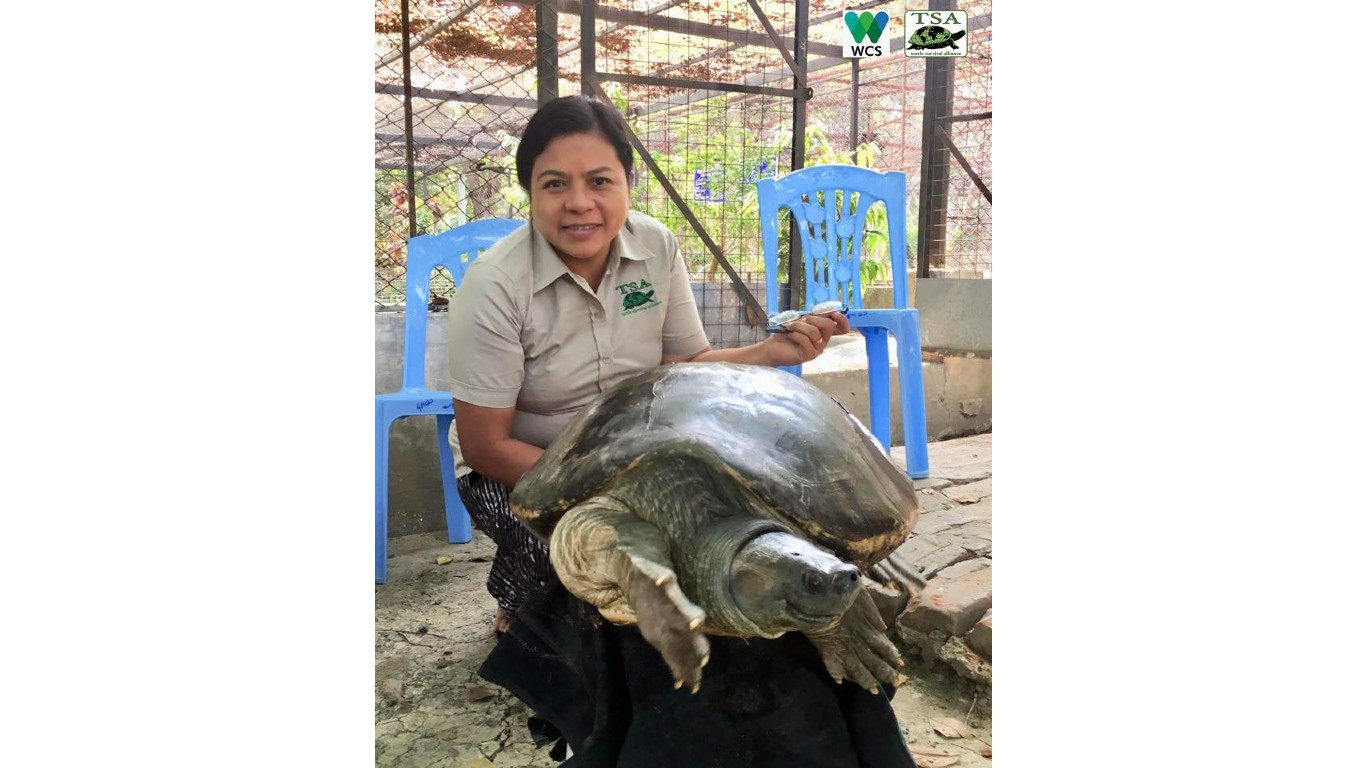
Burmese Roofed Turtle
>Number of mature species members left: 10
>Natural habitat: Wetlands
>Geographic range: Myanmar
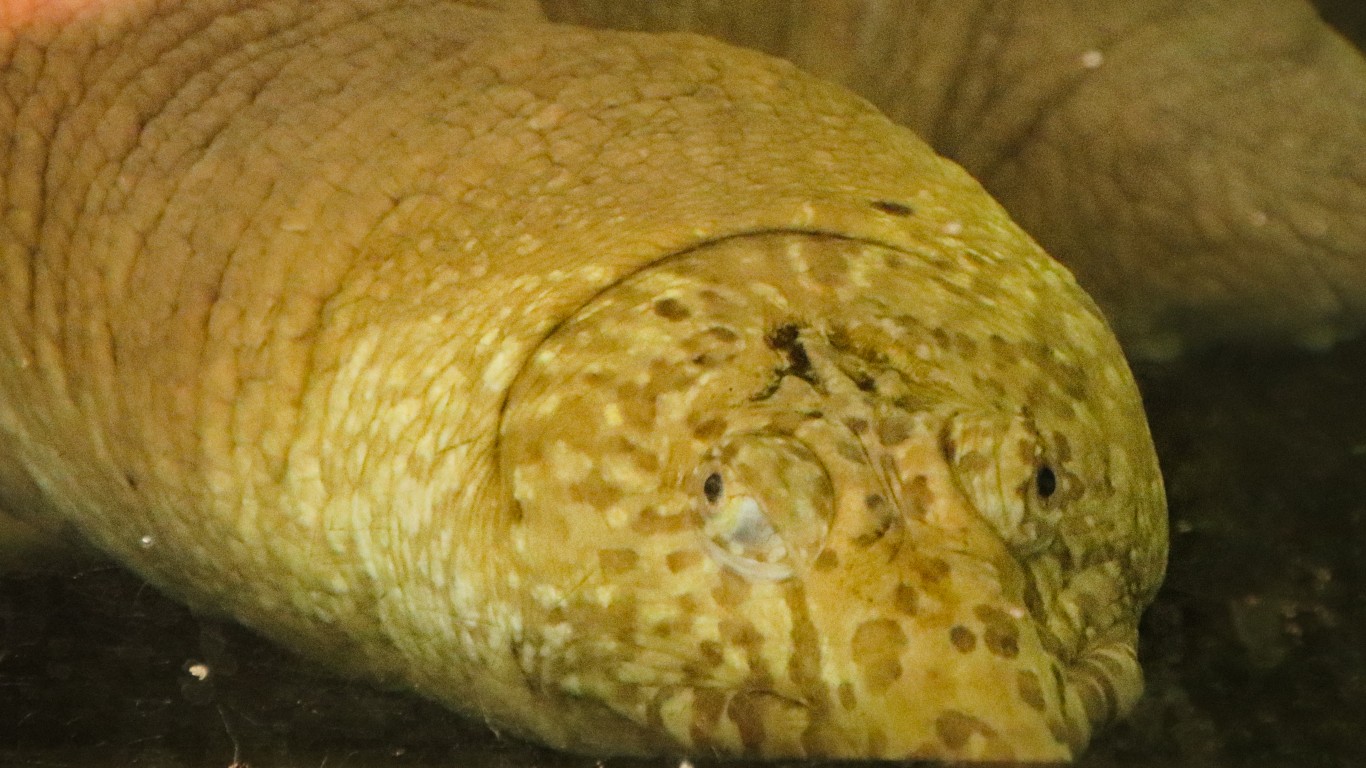
Yangtze Giant Softshell Turtle
>Number of mature species members left: 3
>Natural habitat: Wetlands
>Geographic range: Vietnam, China
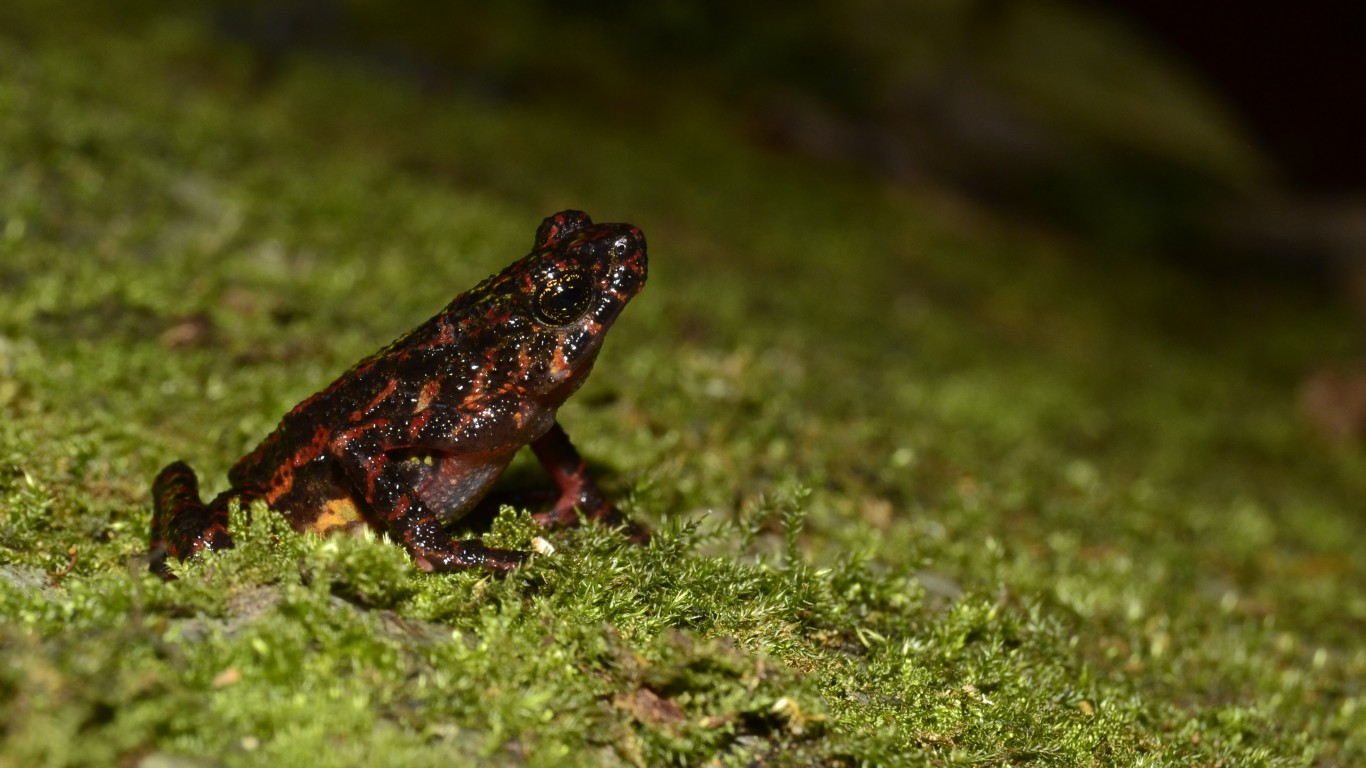
Bleeding Toad
>Number of mature species members left: 1-249
>Natural habitat: Forest, wetland
>Geographic range: Indonesia
